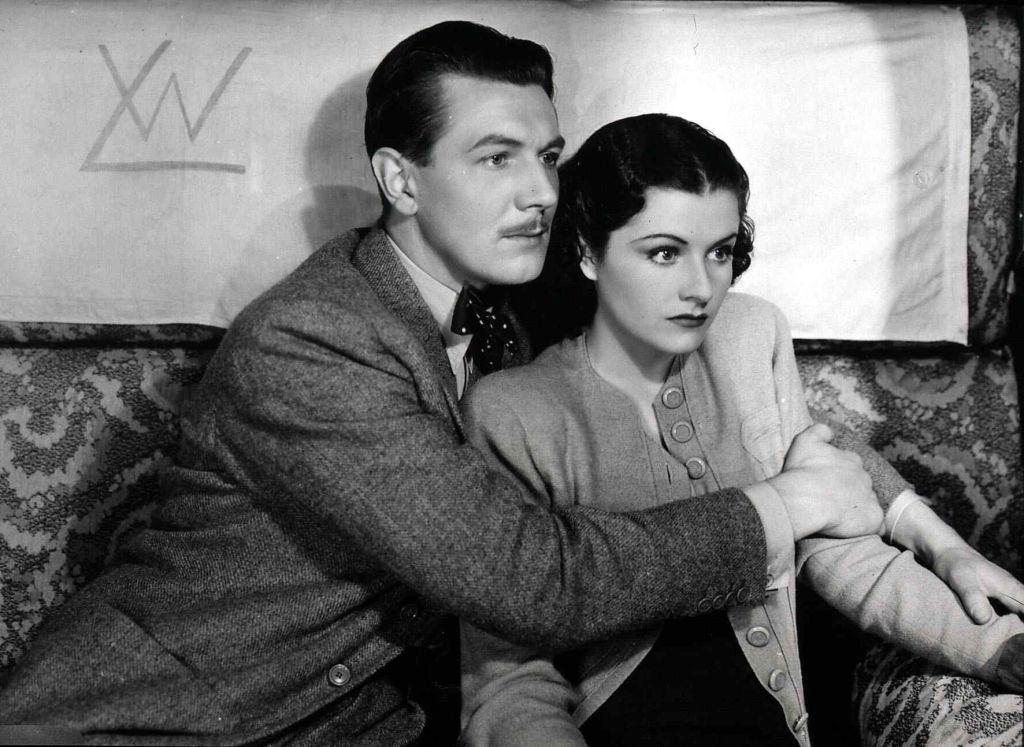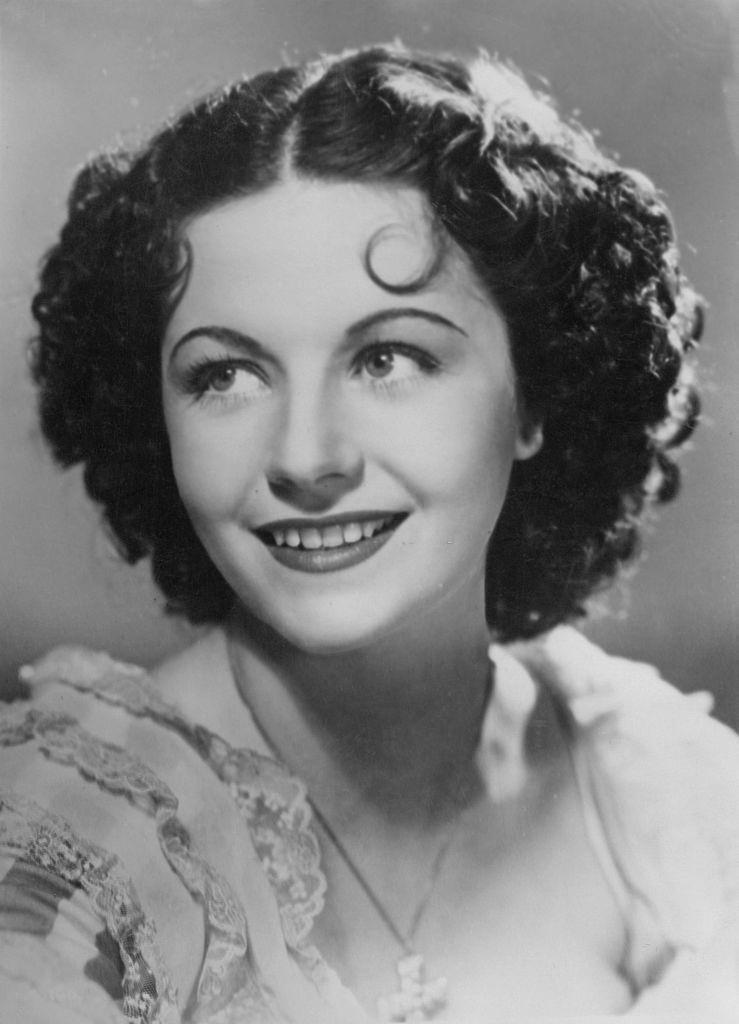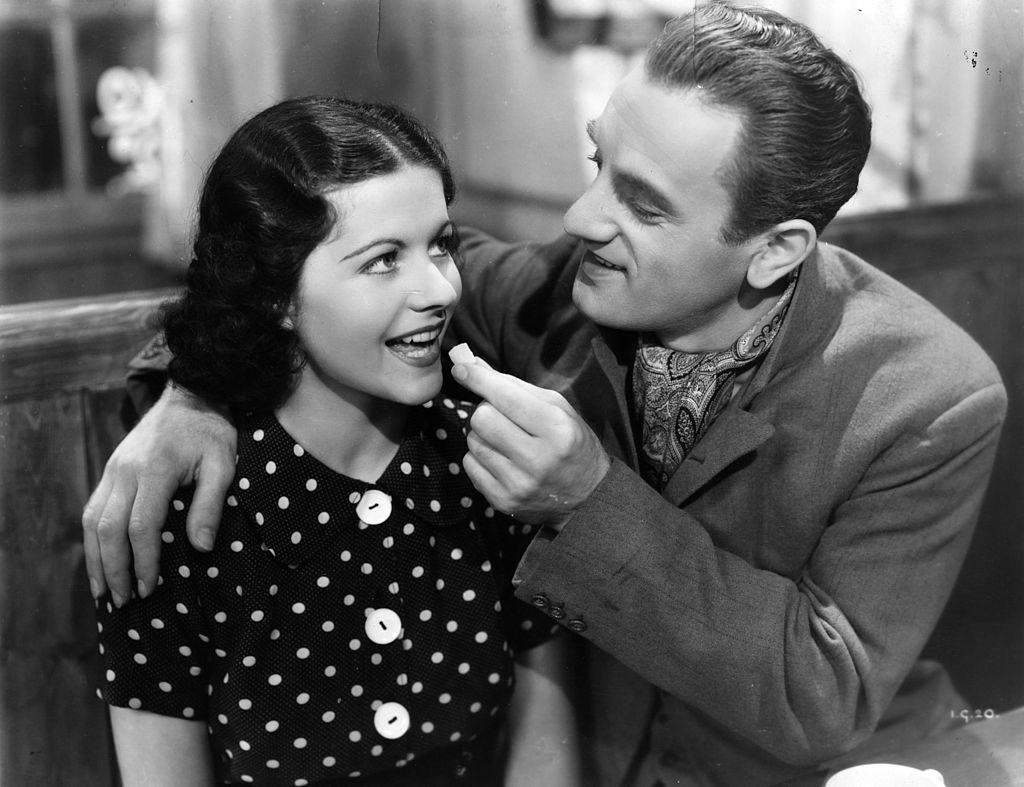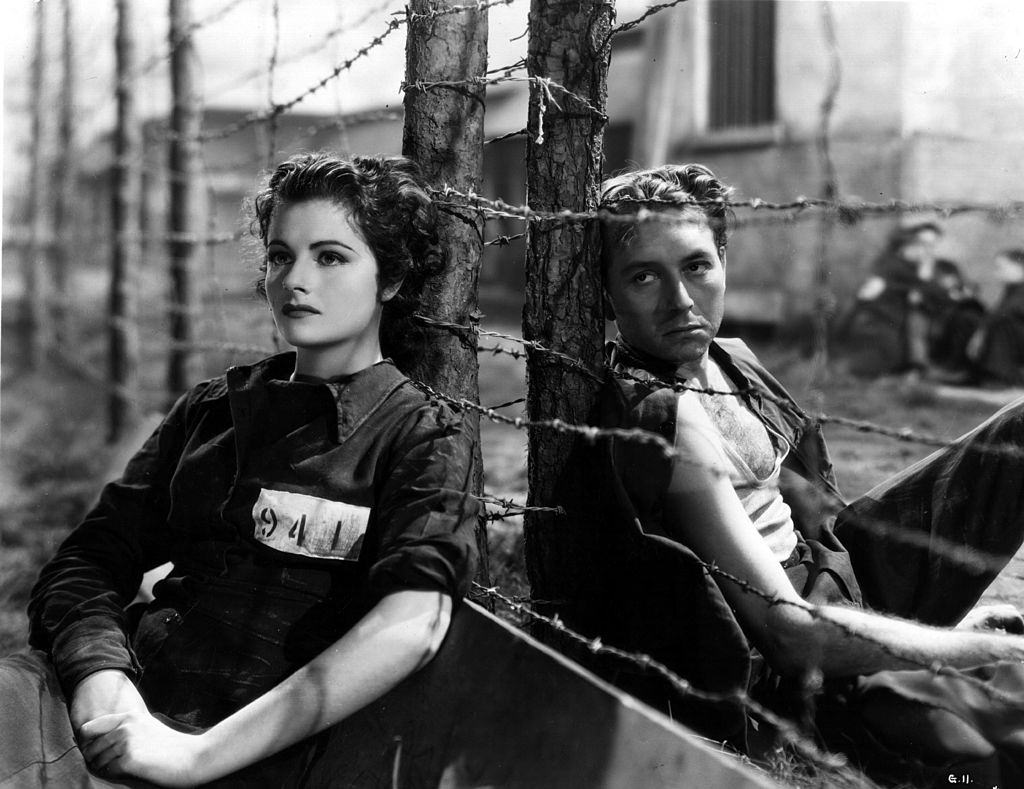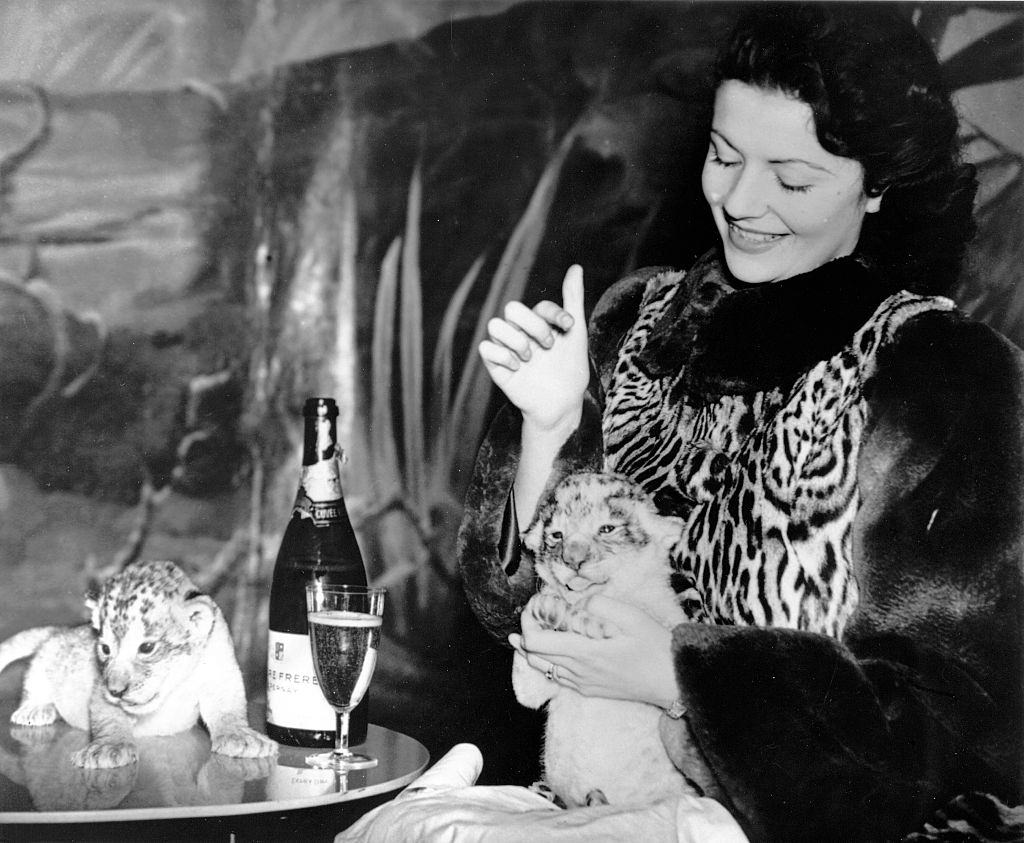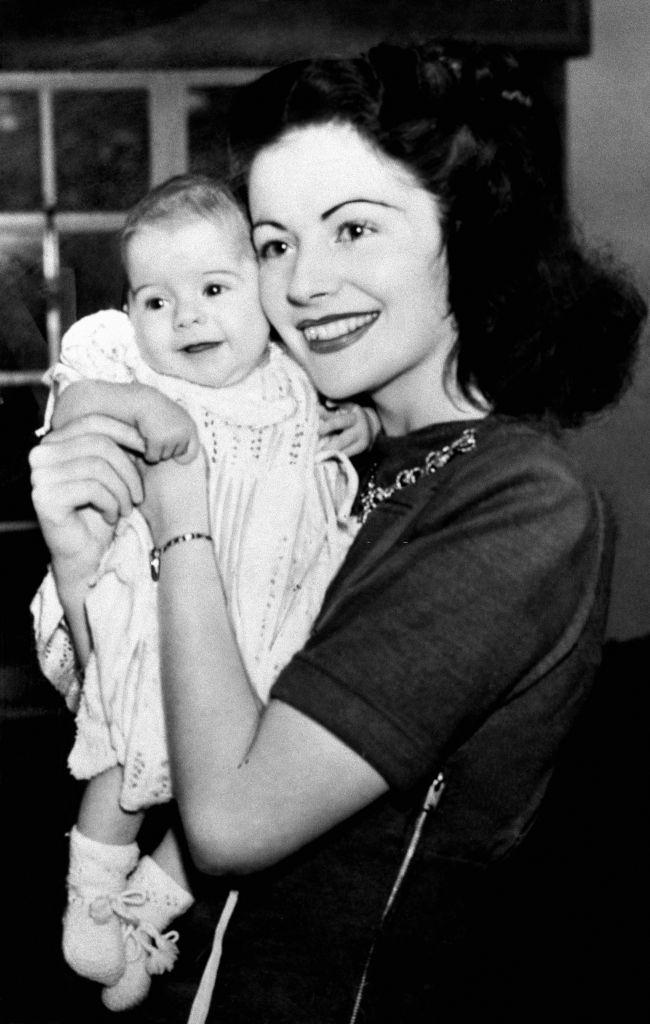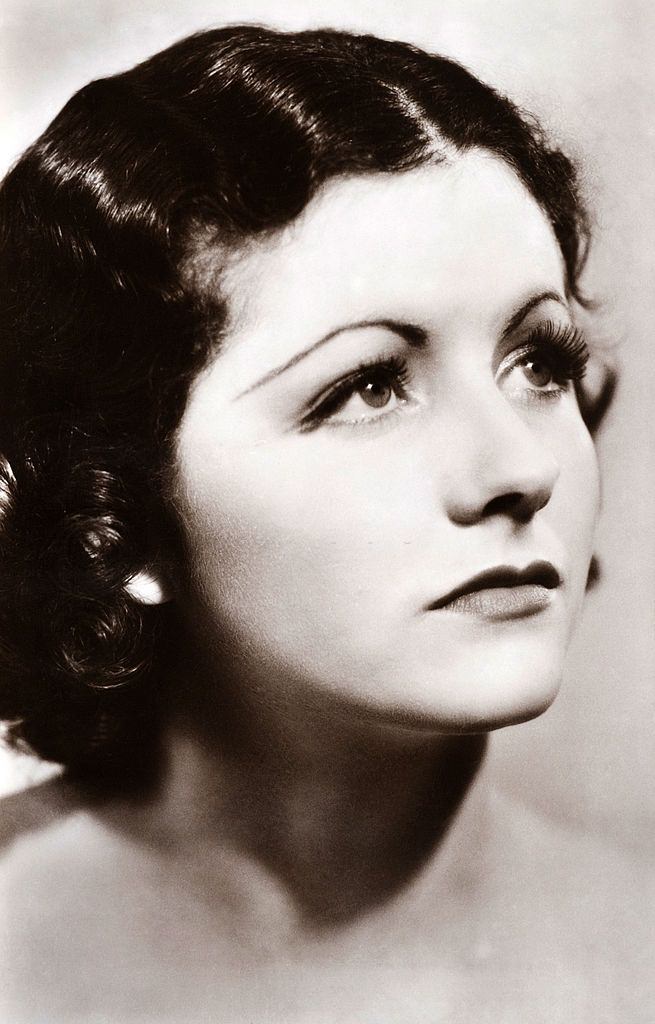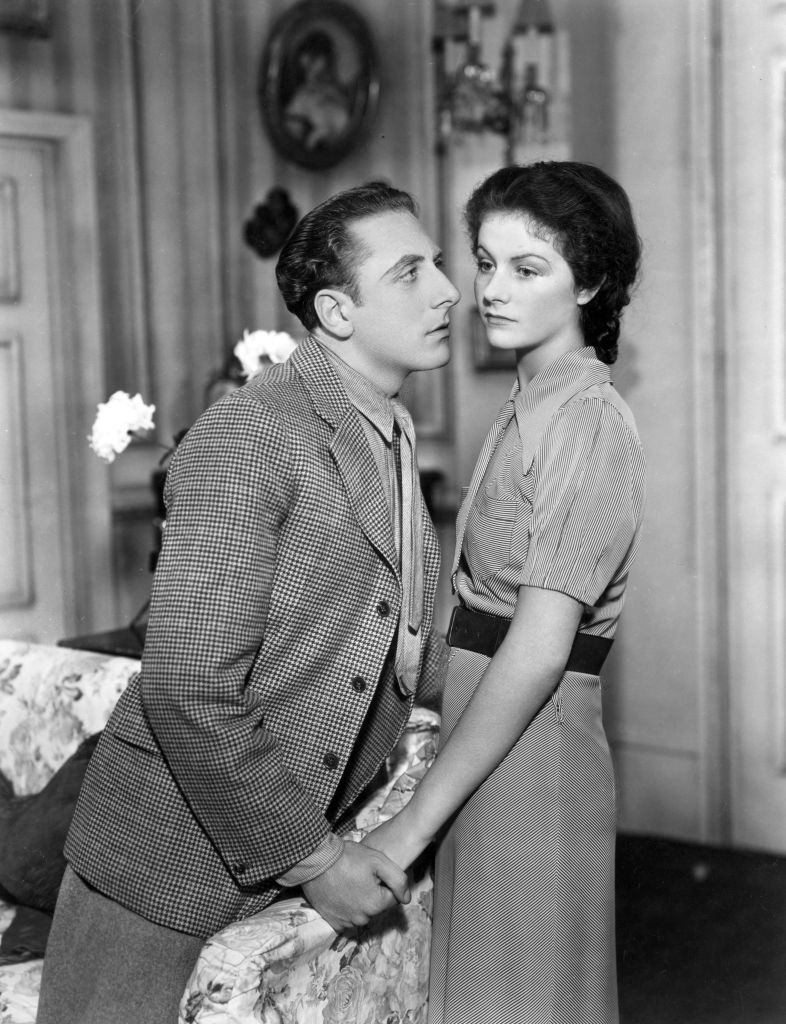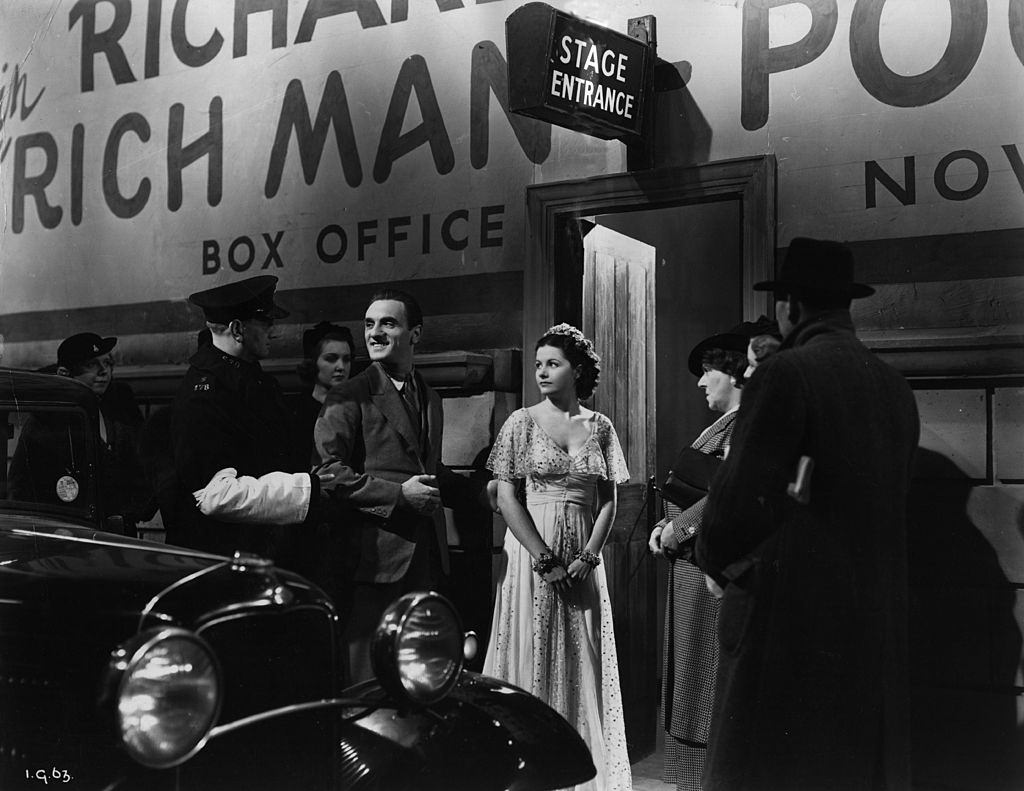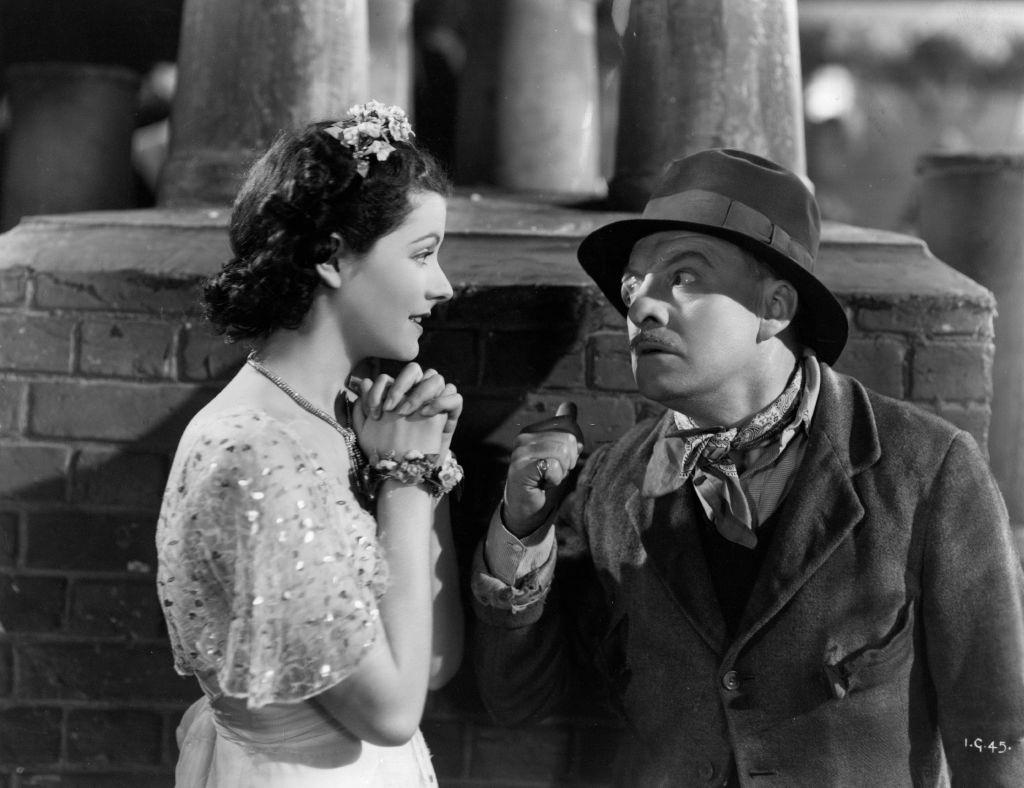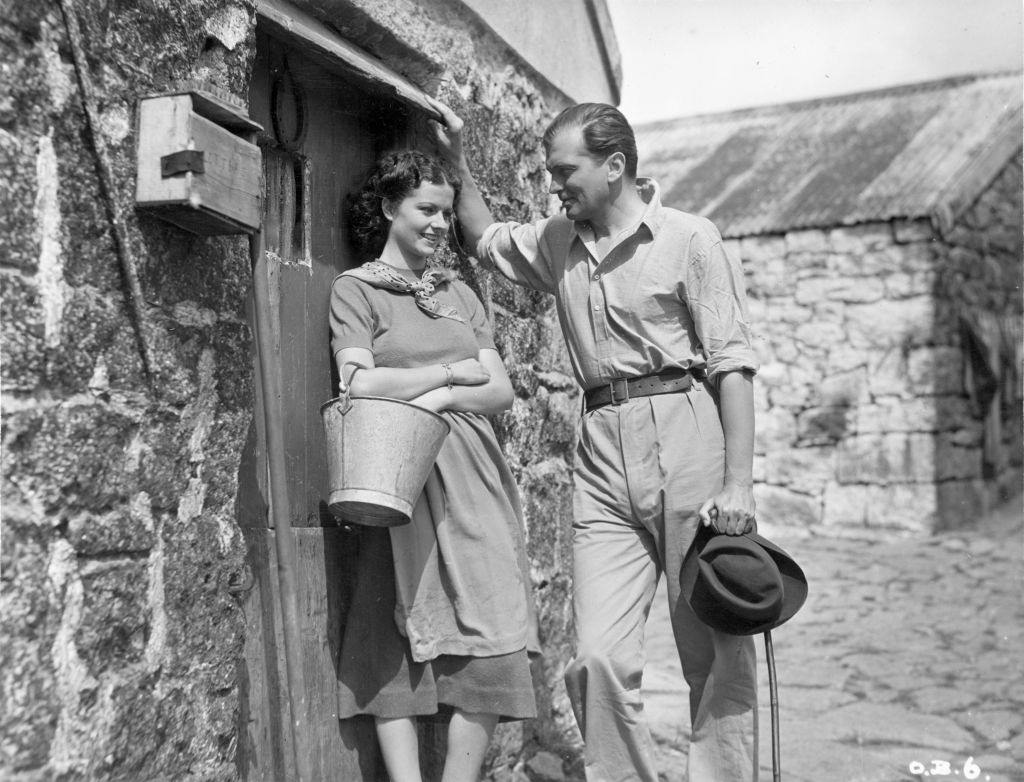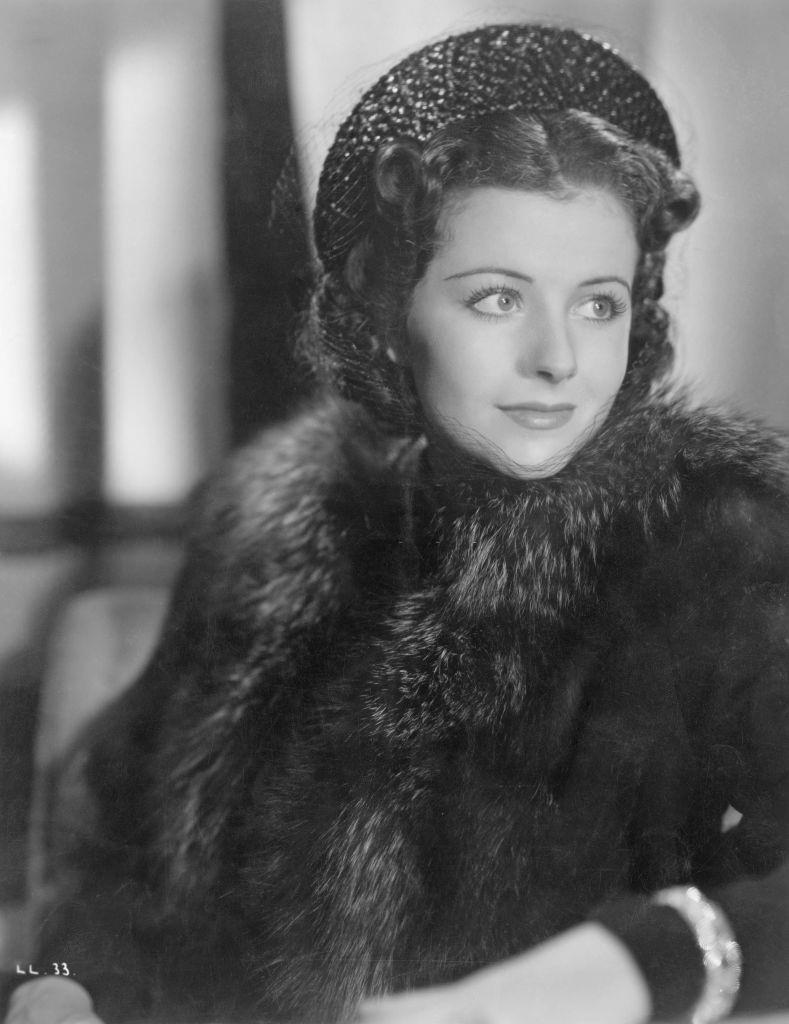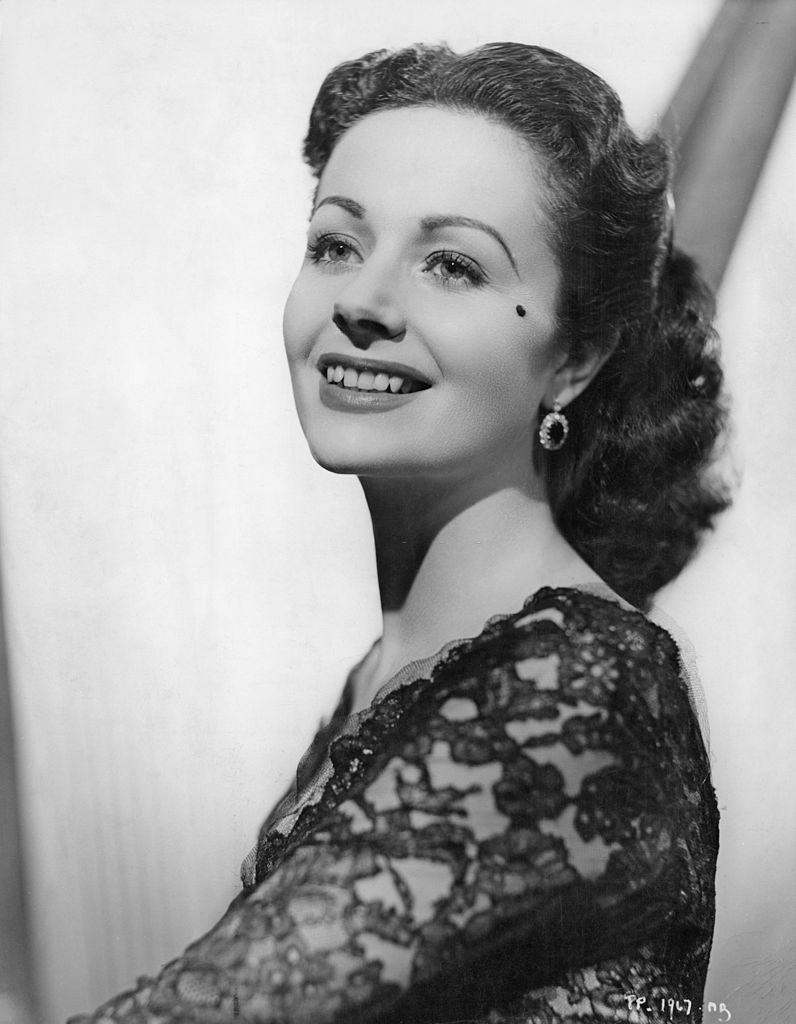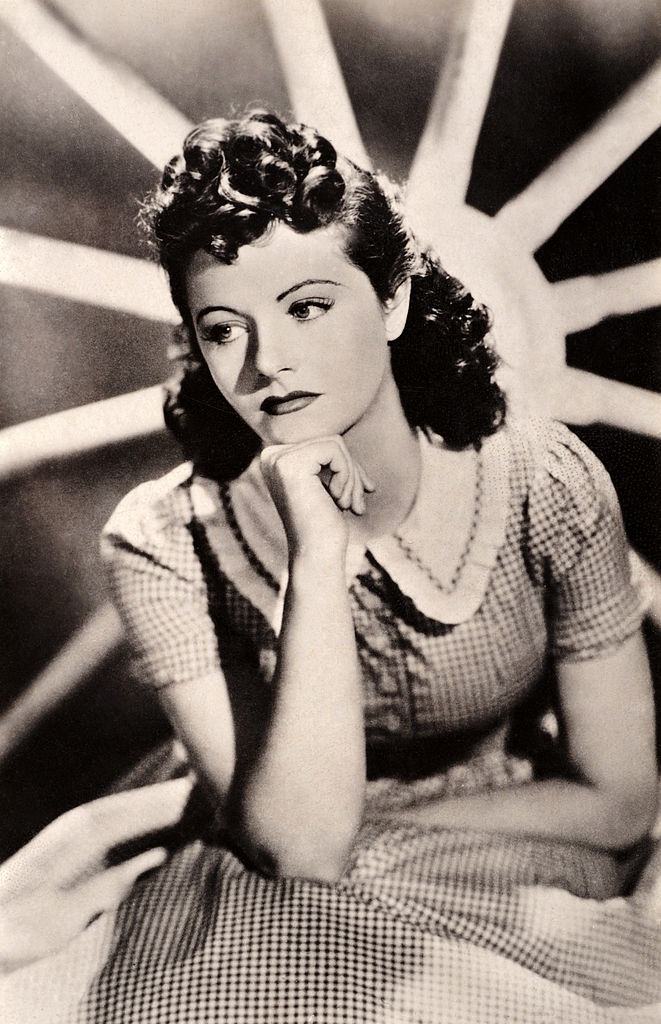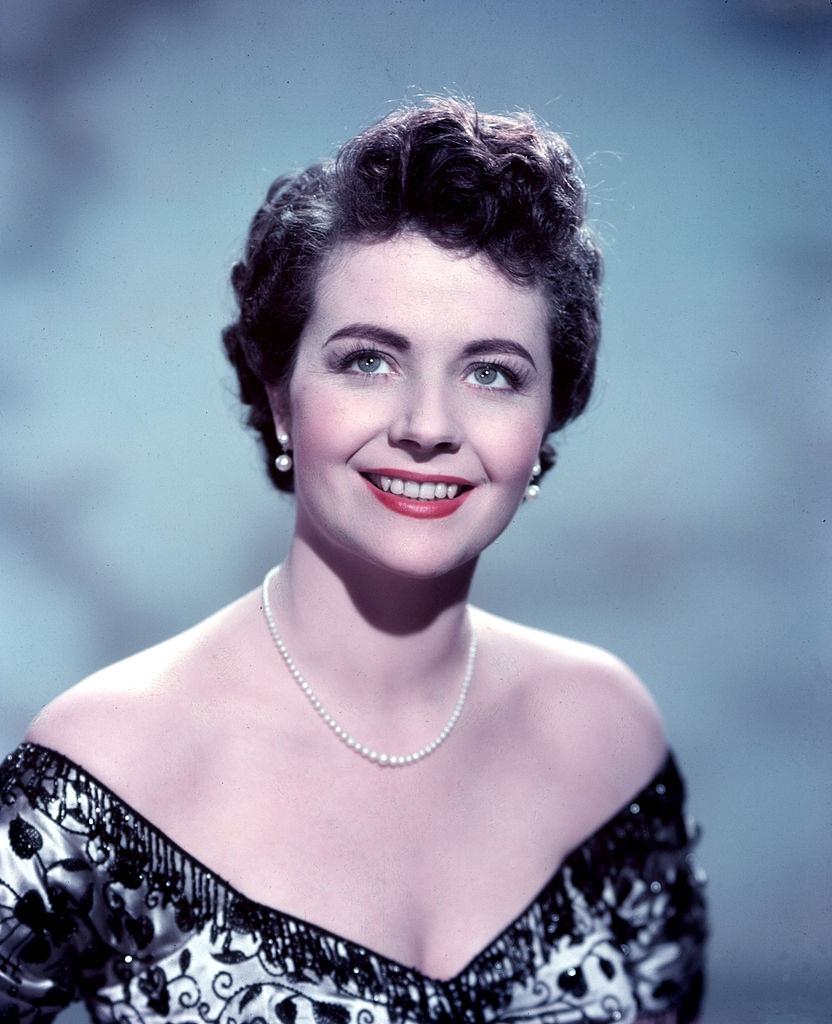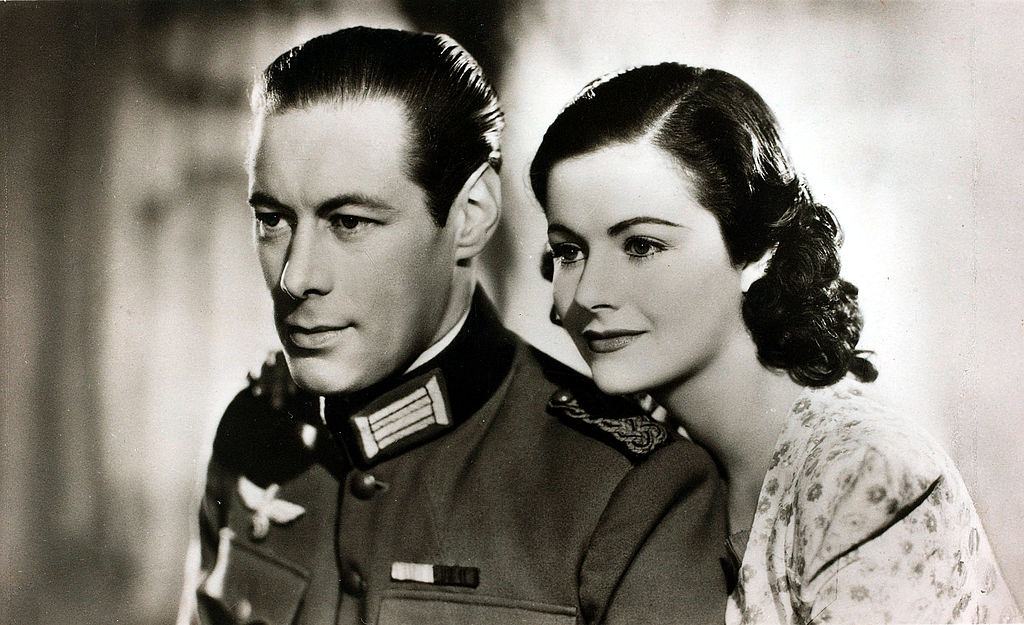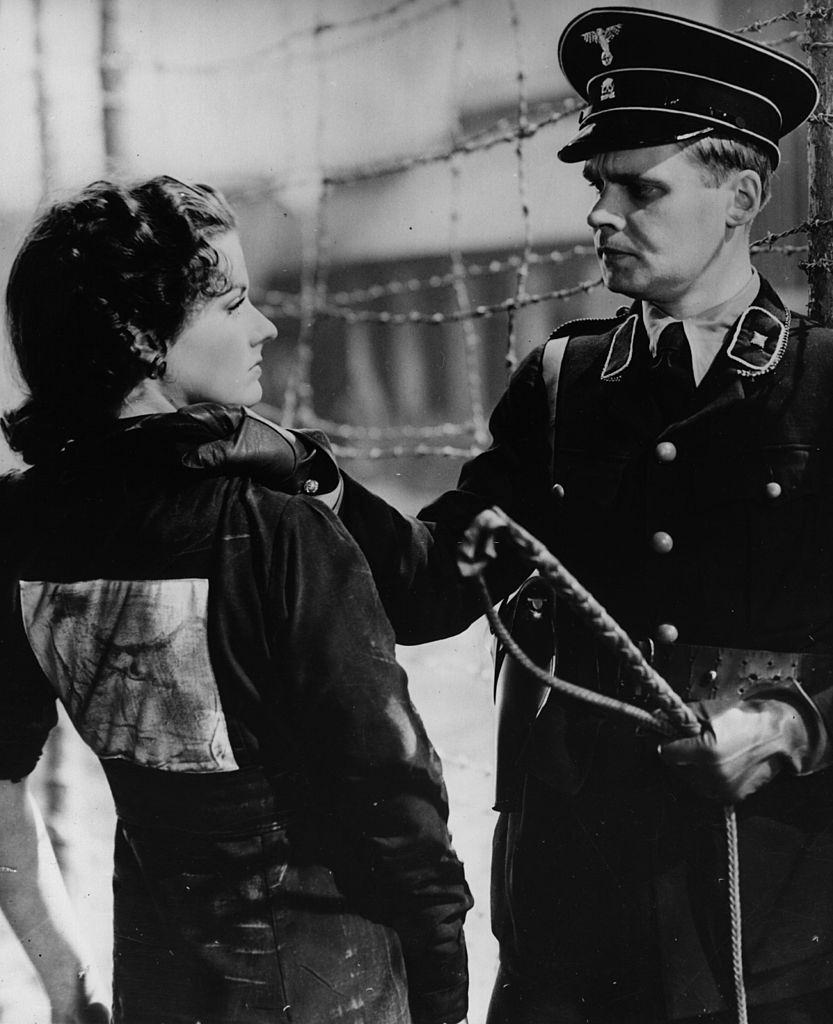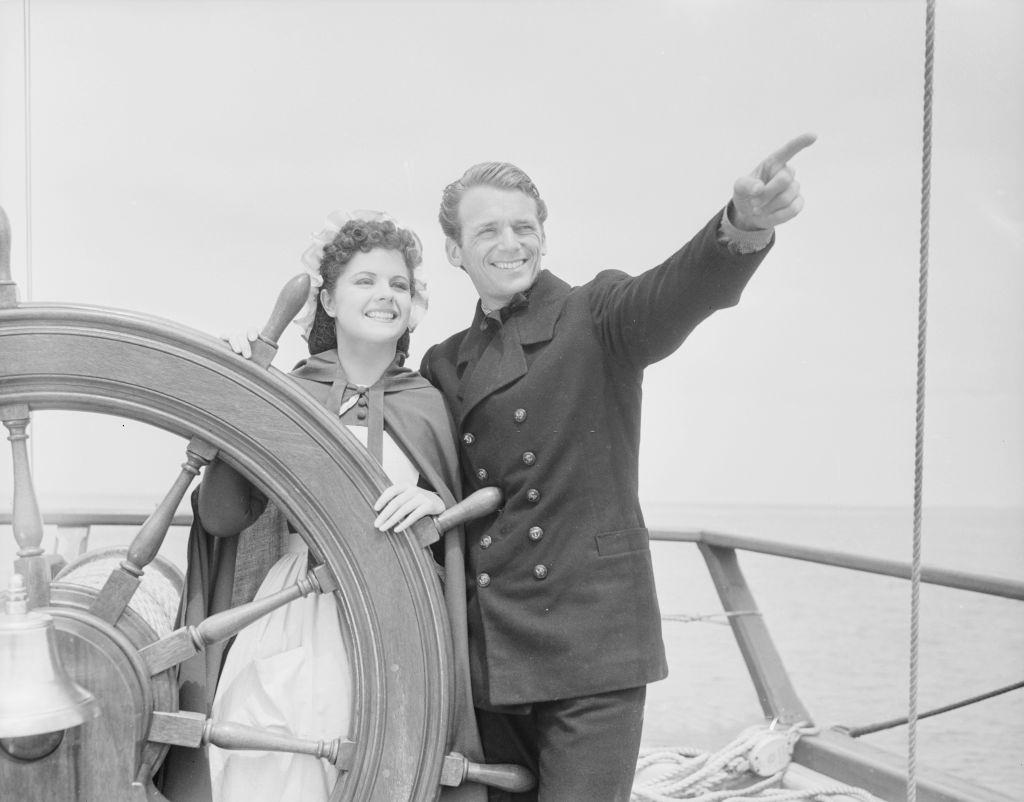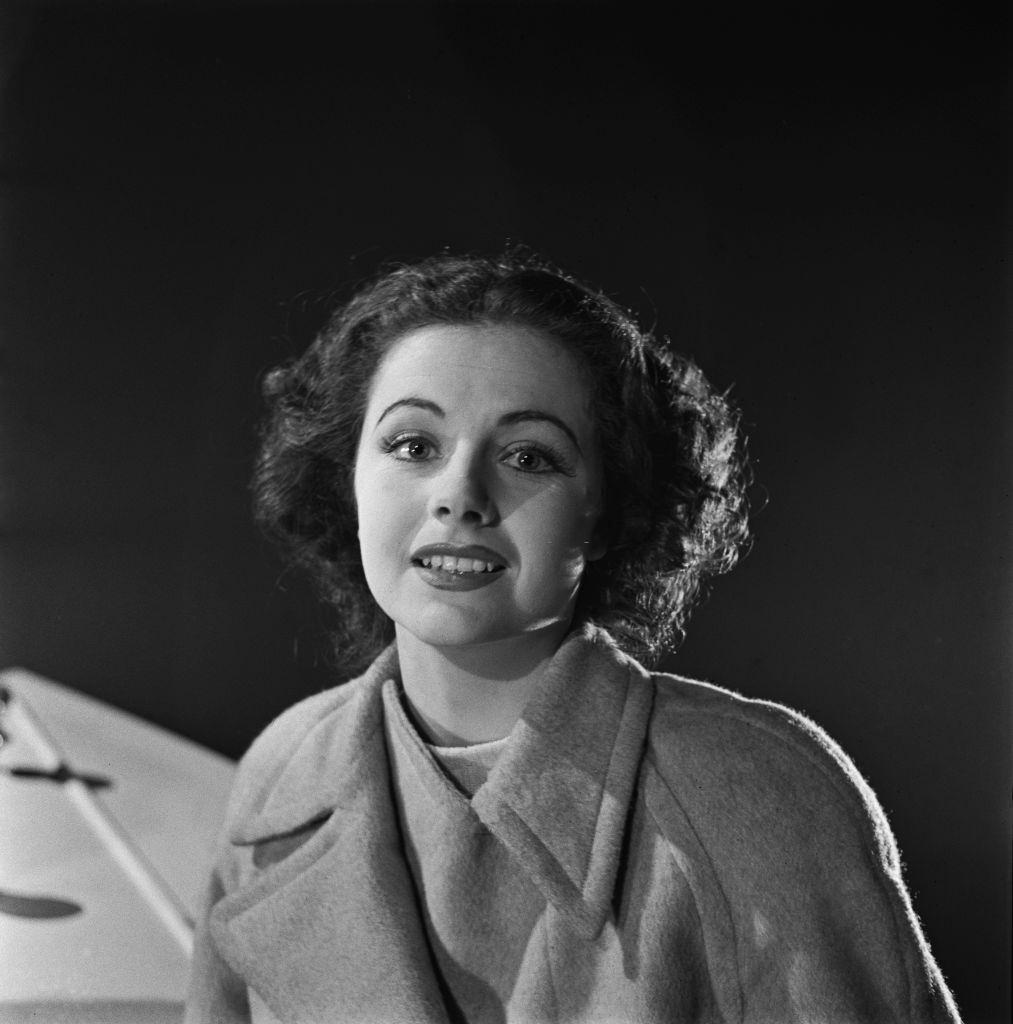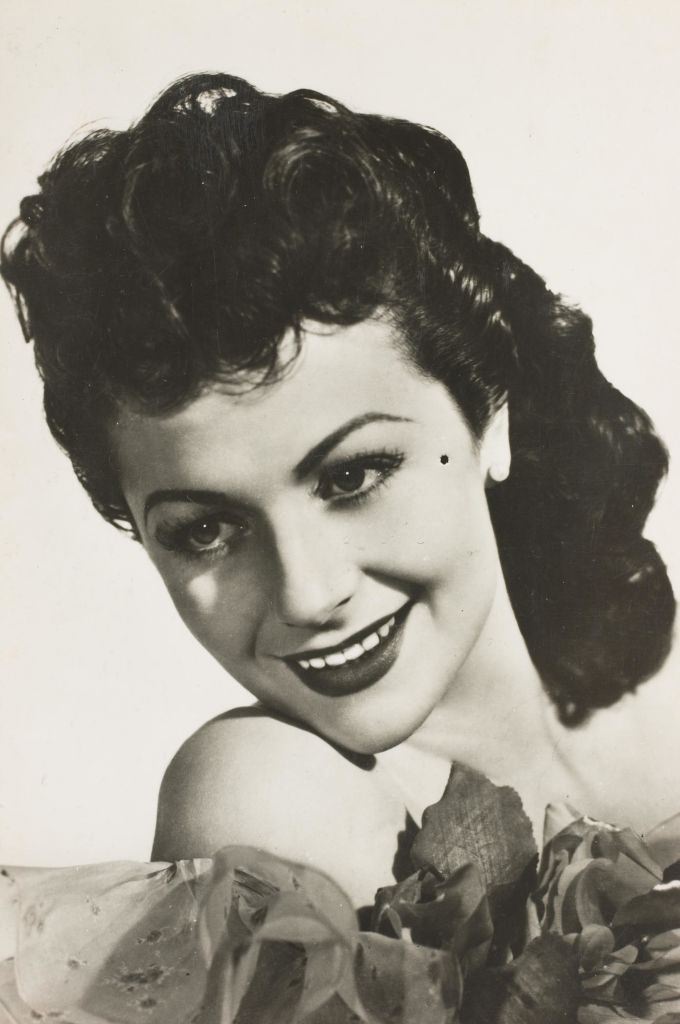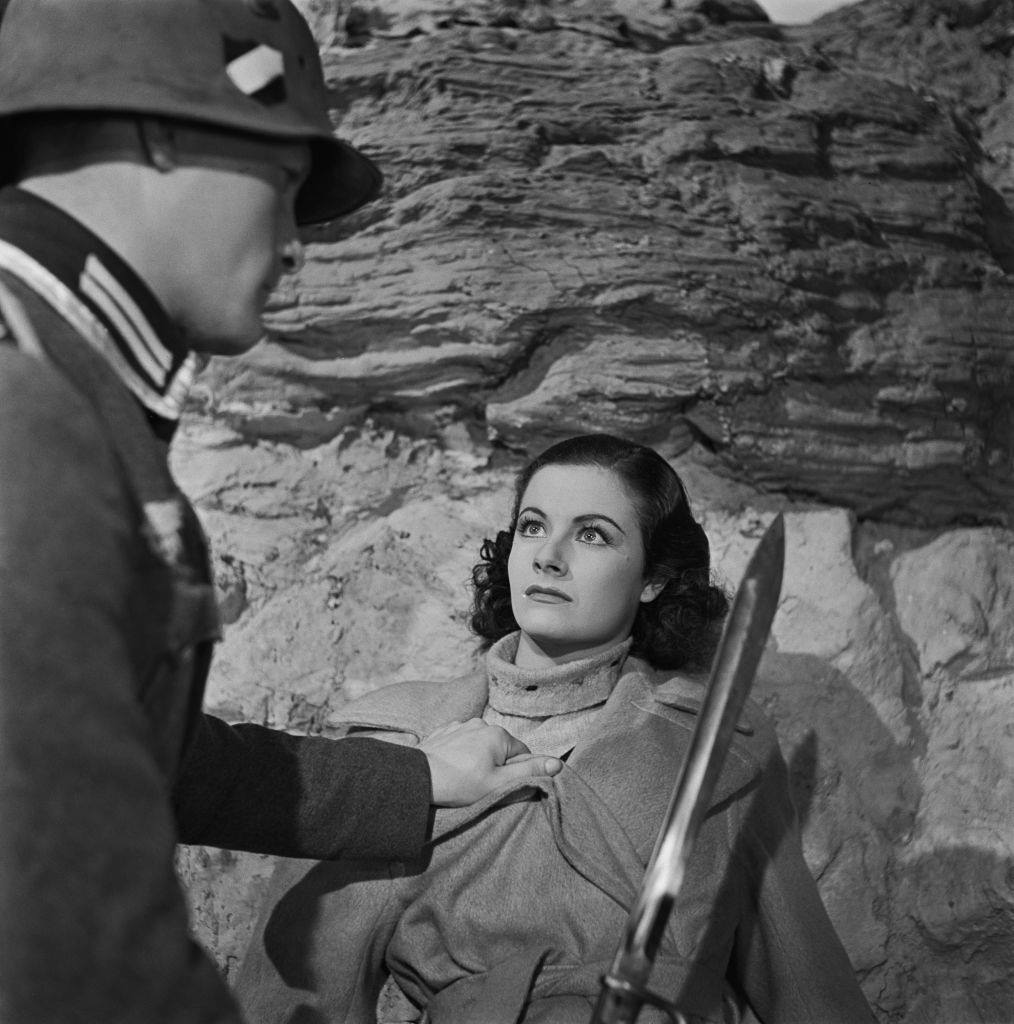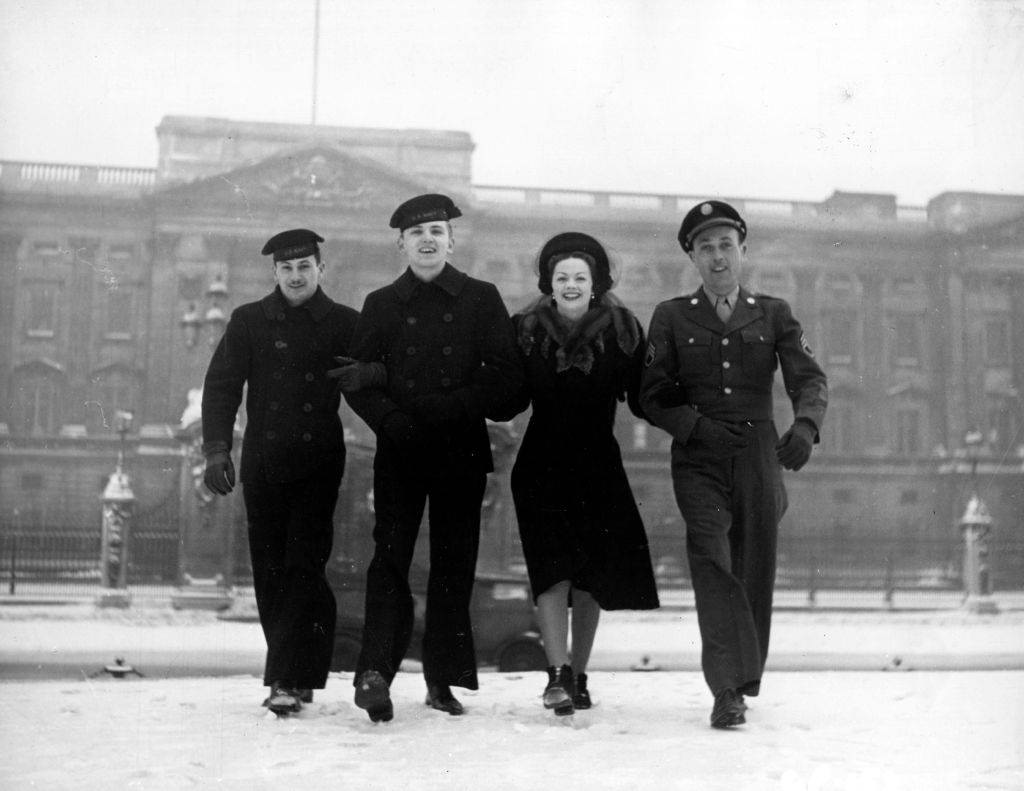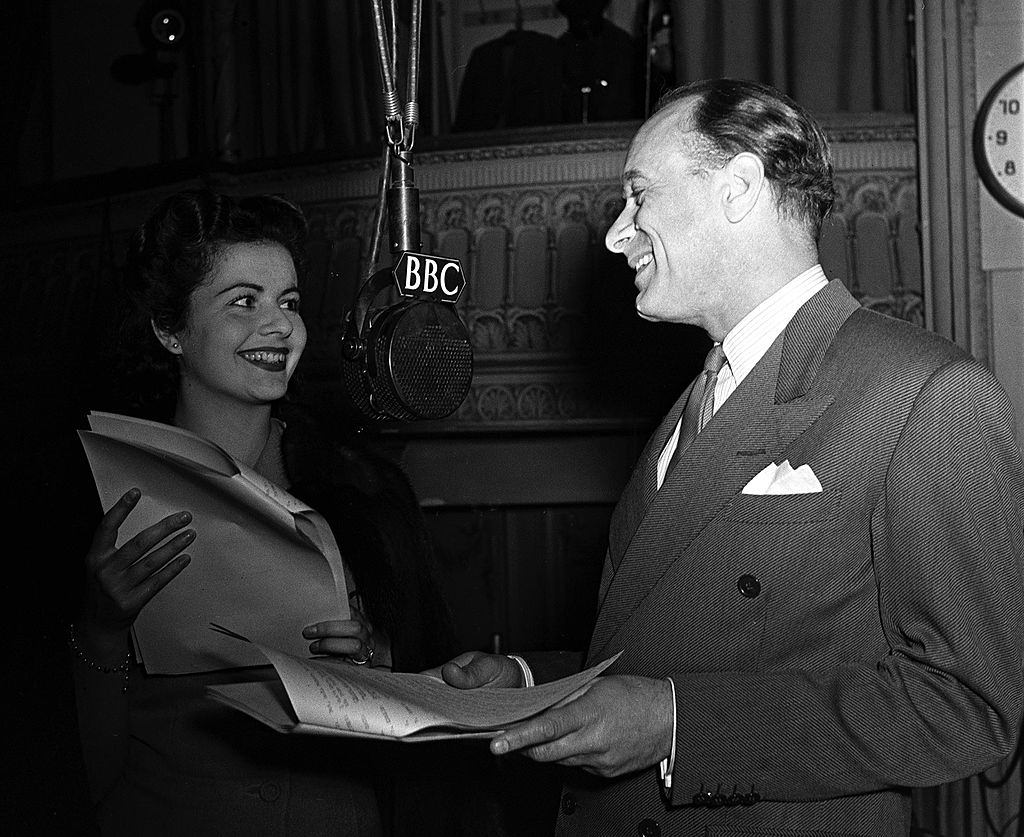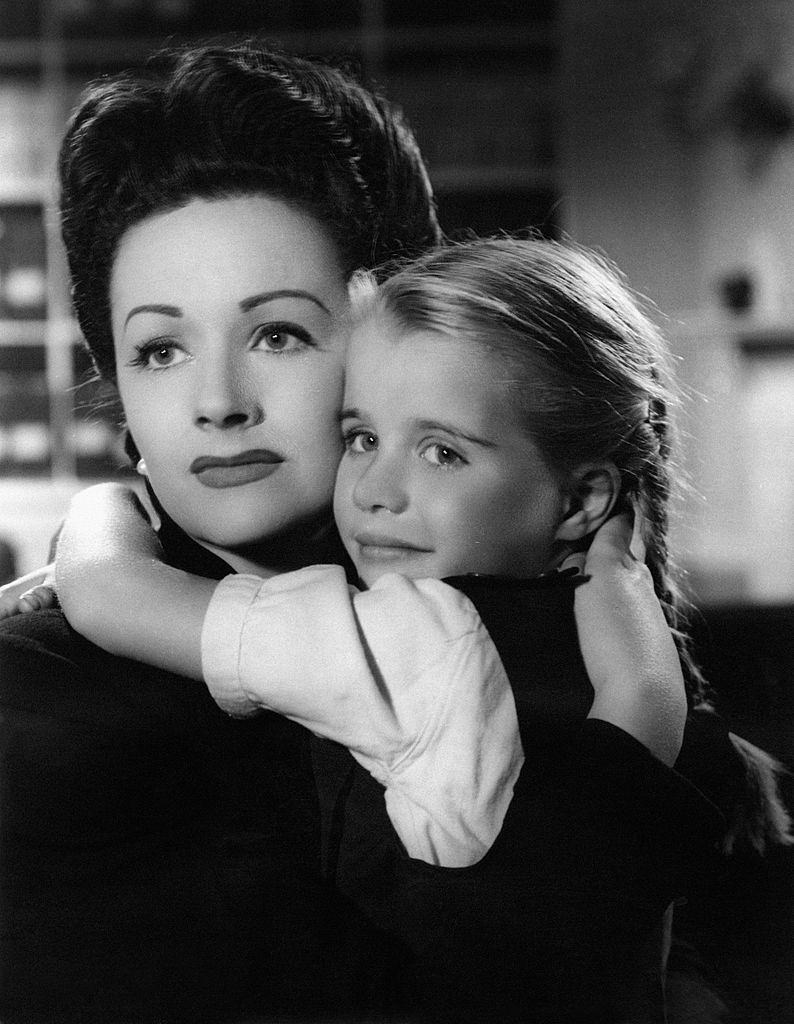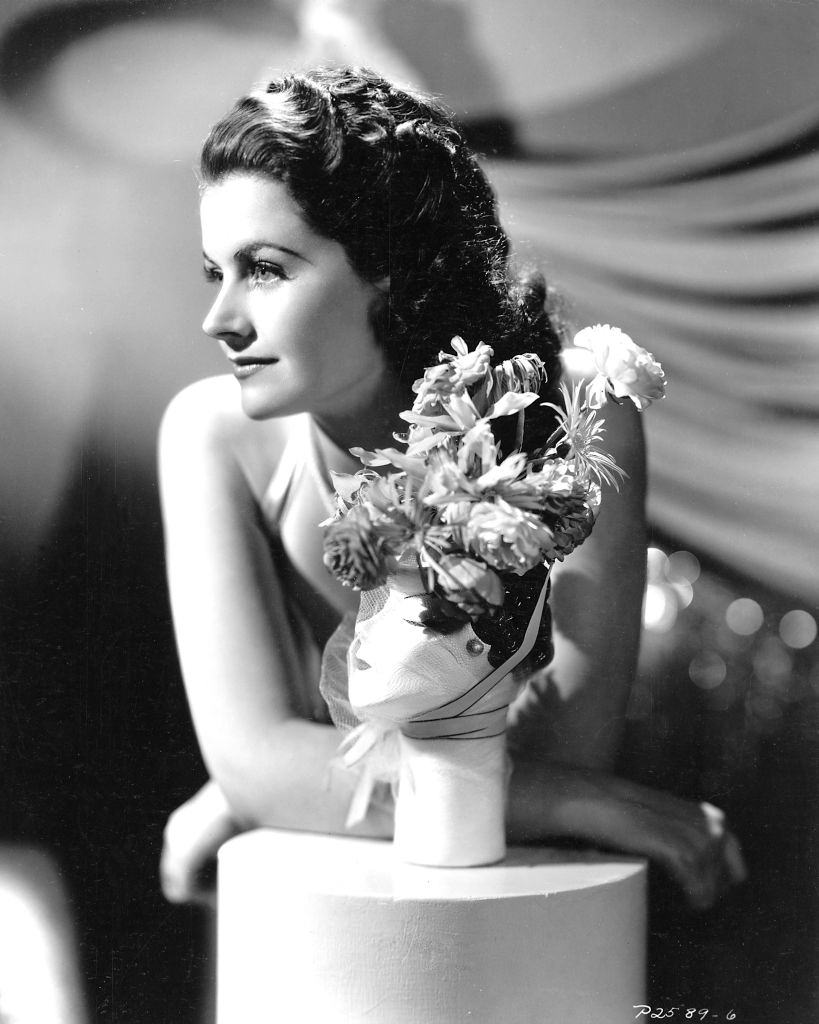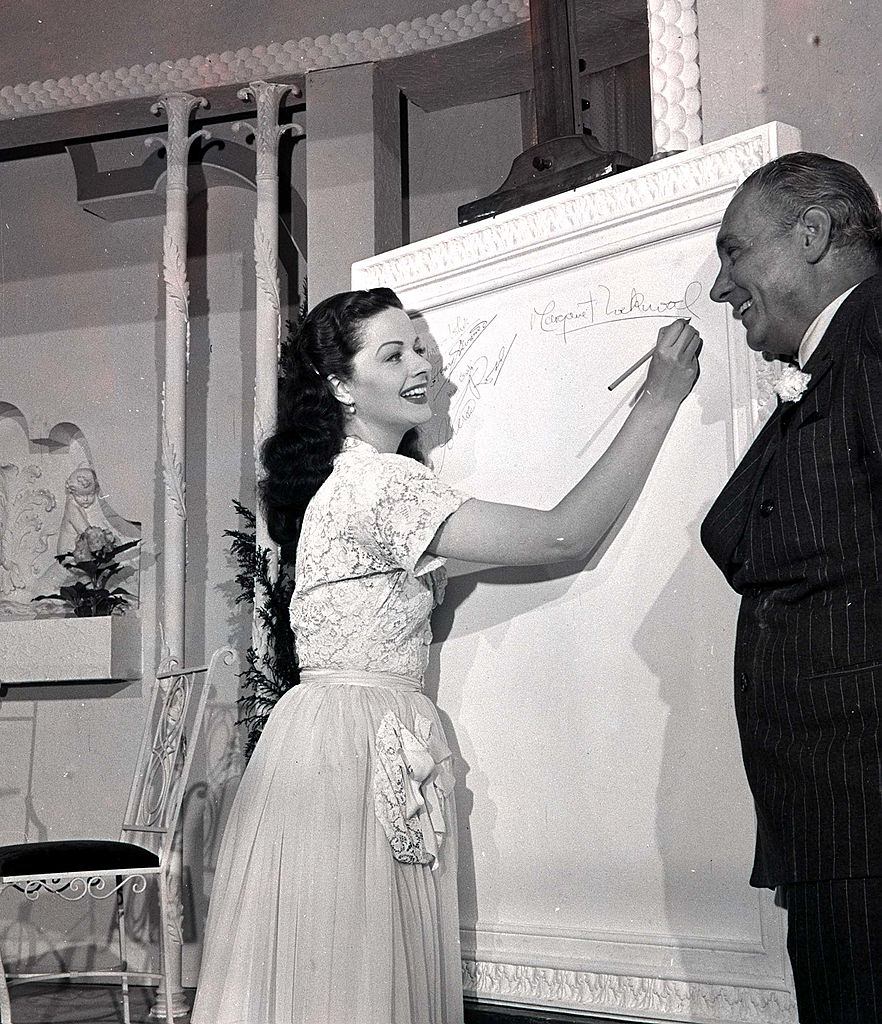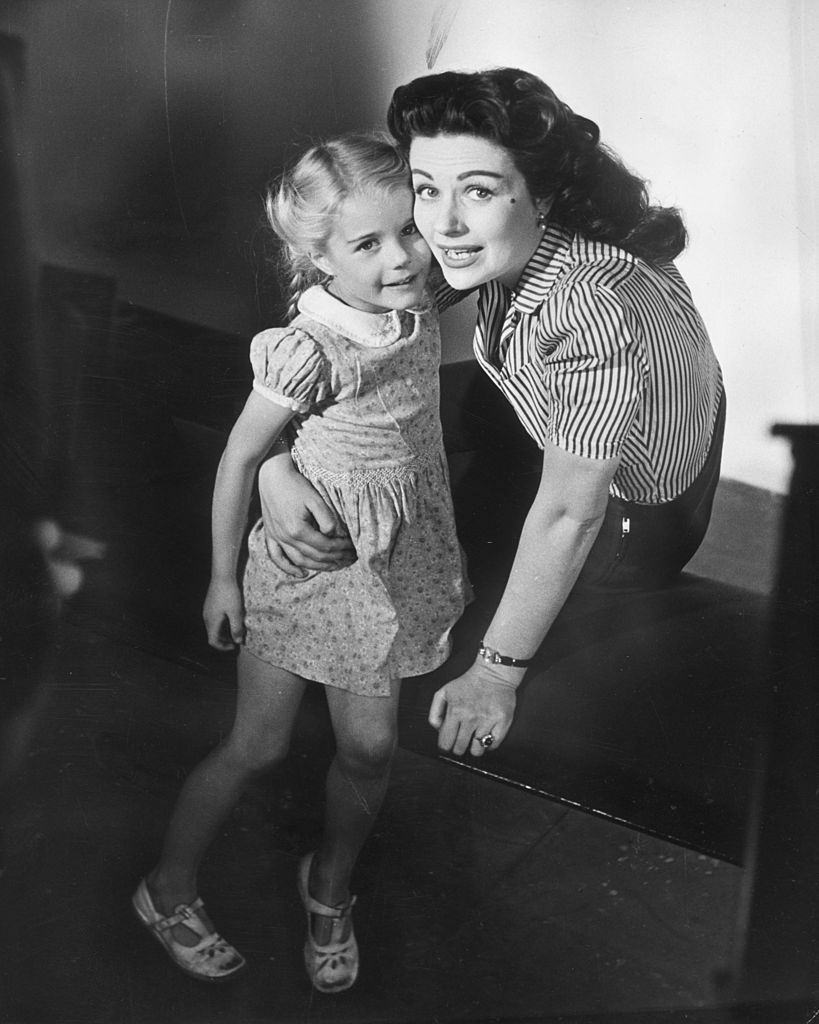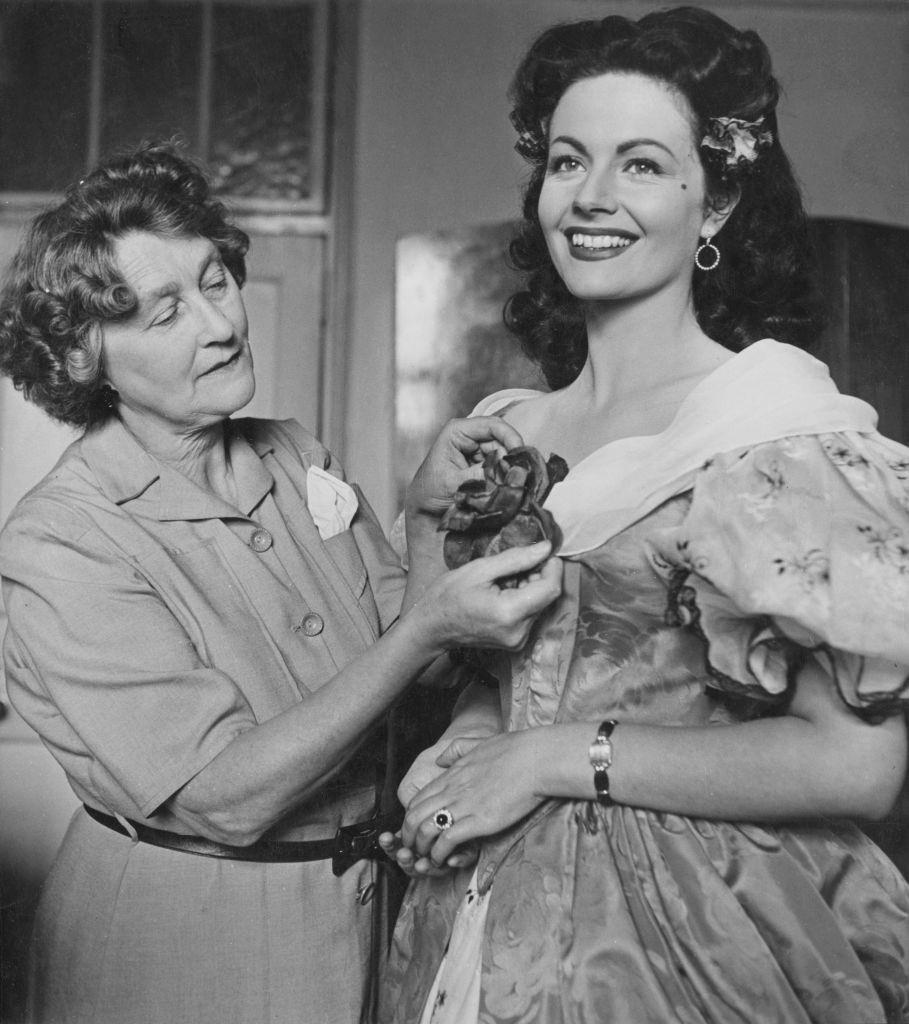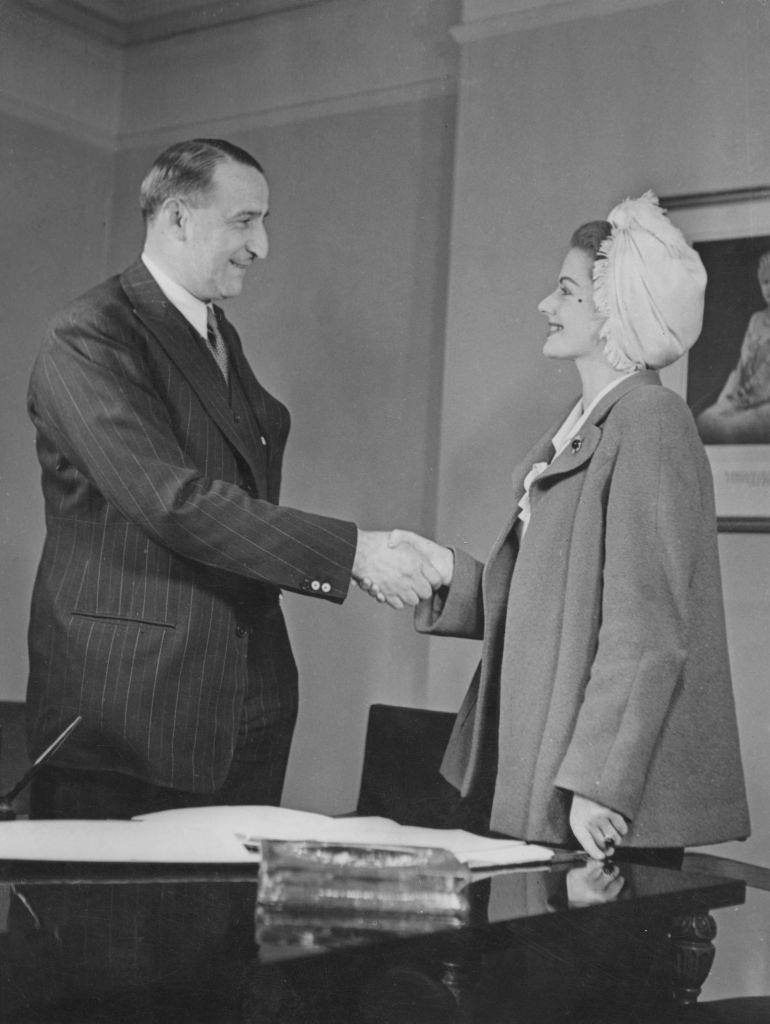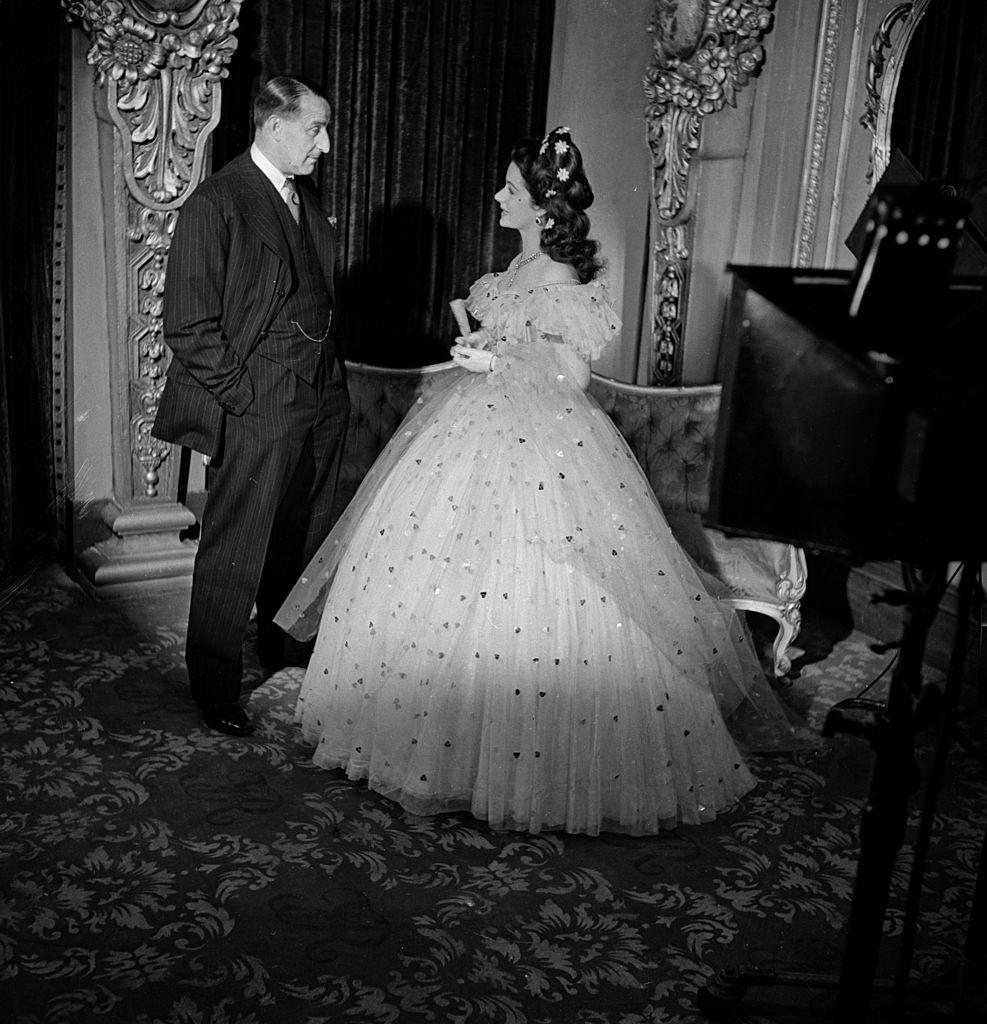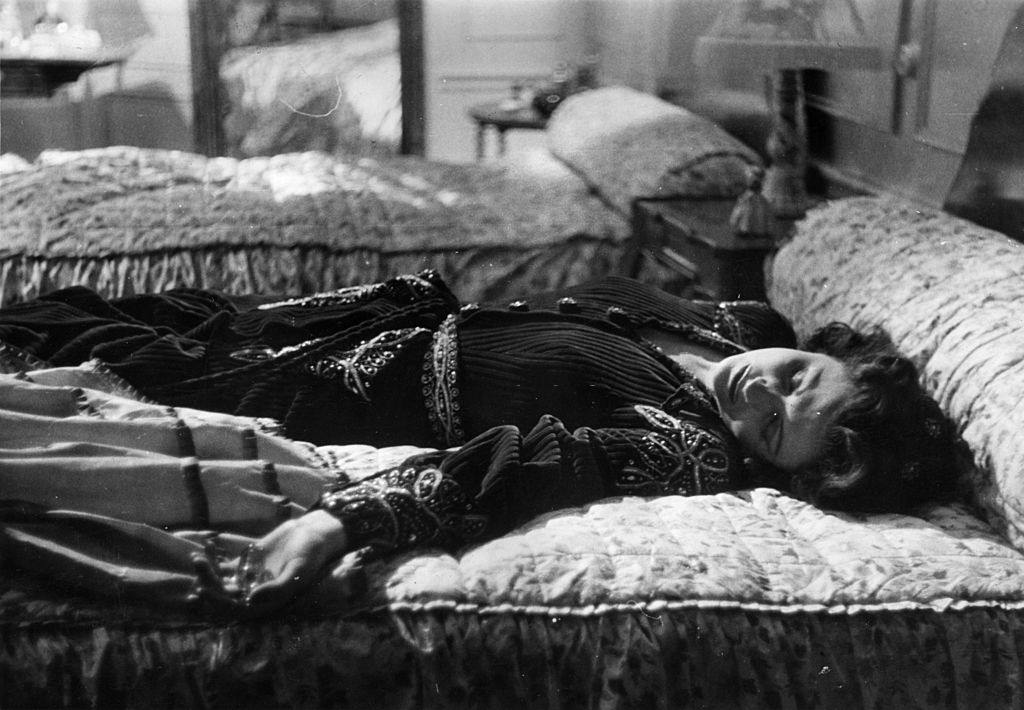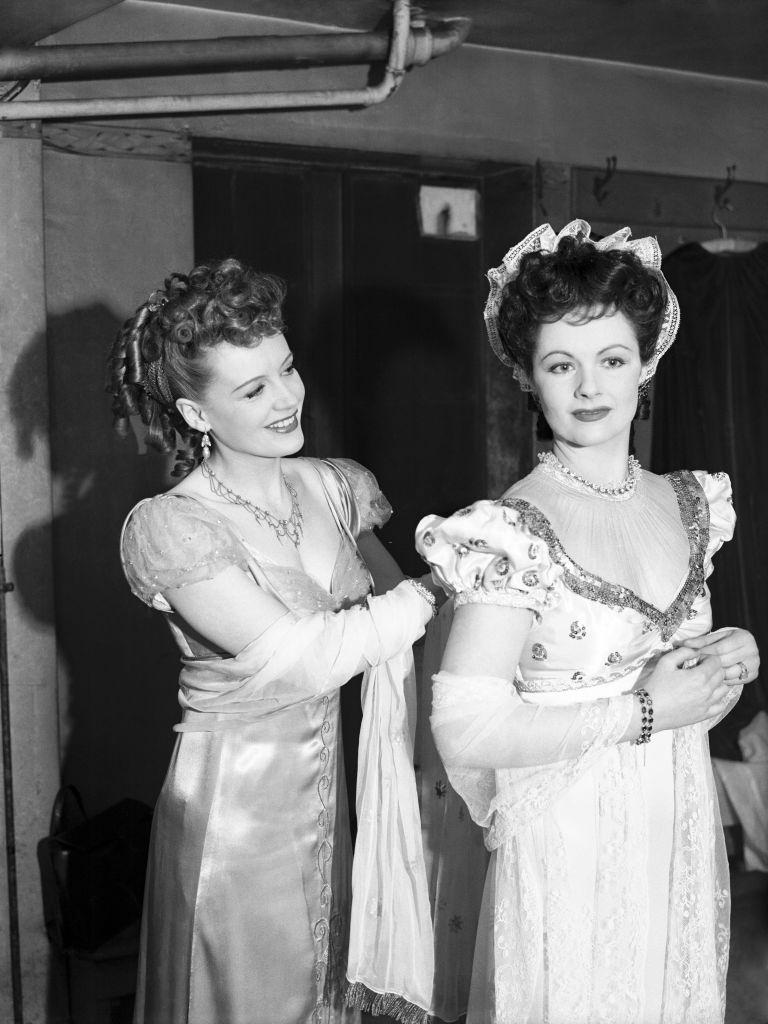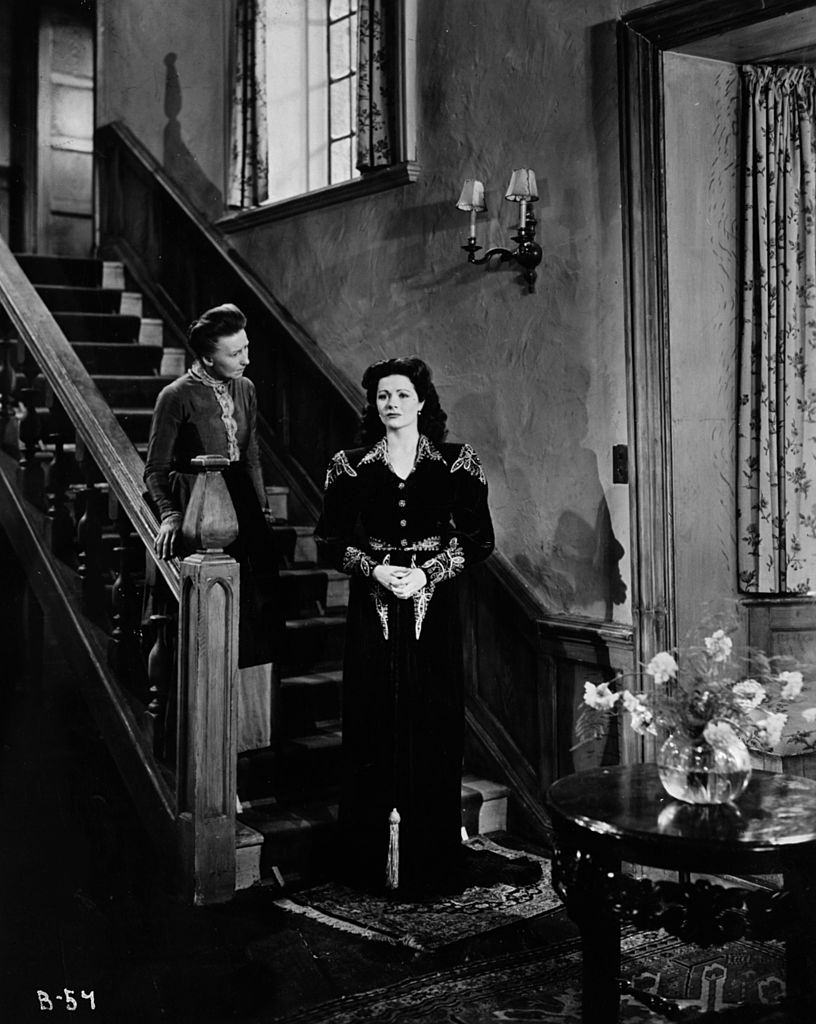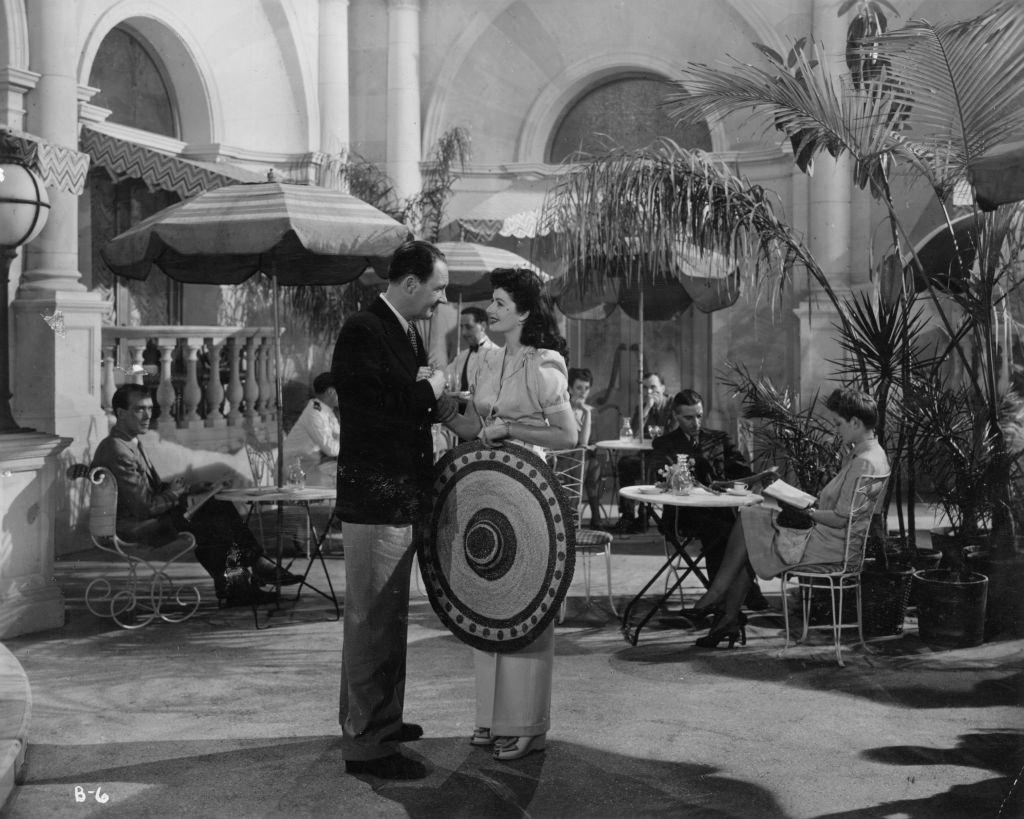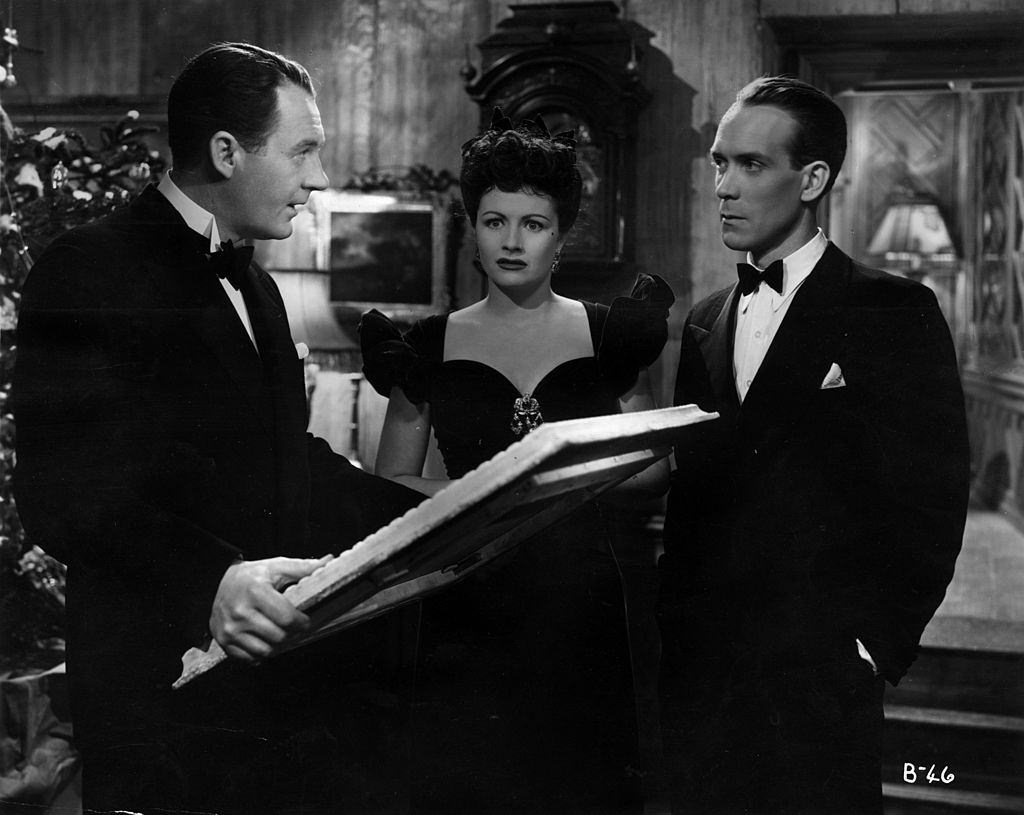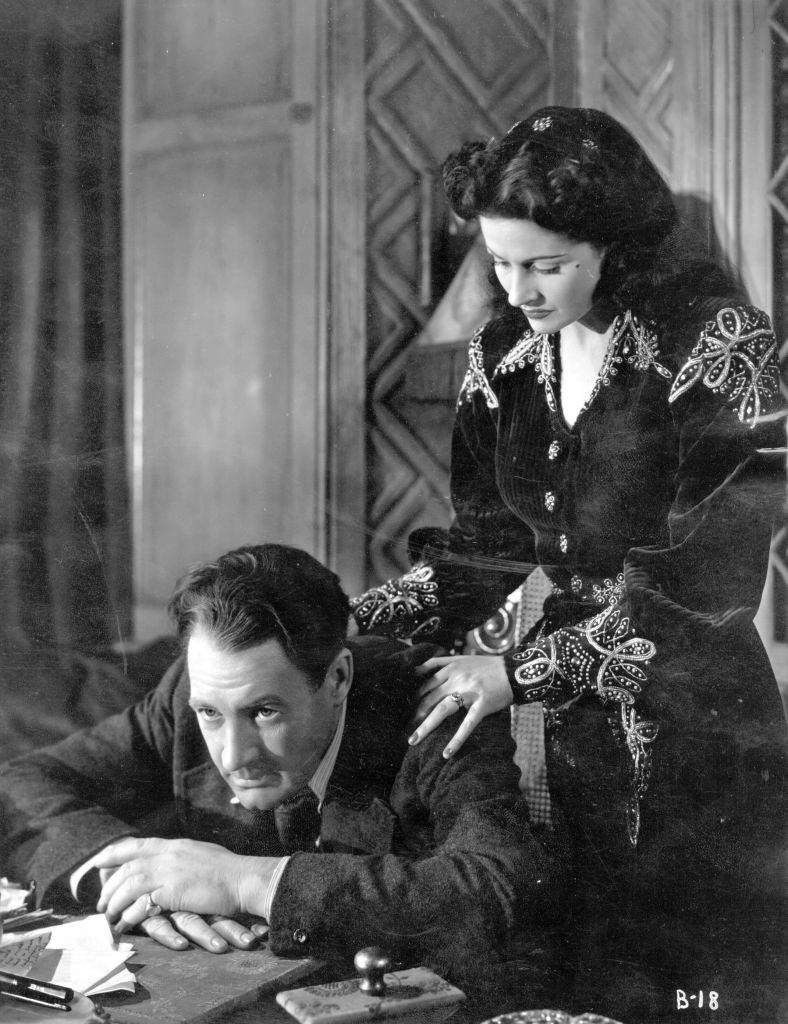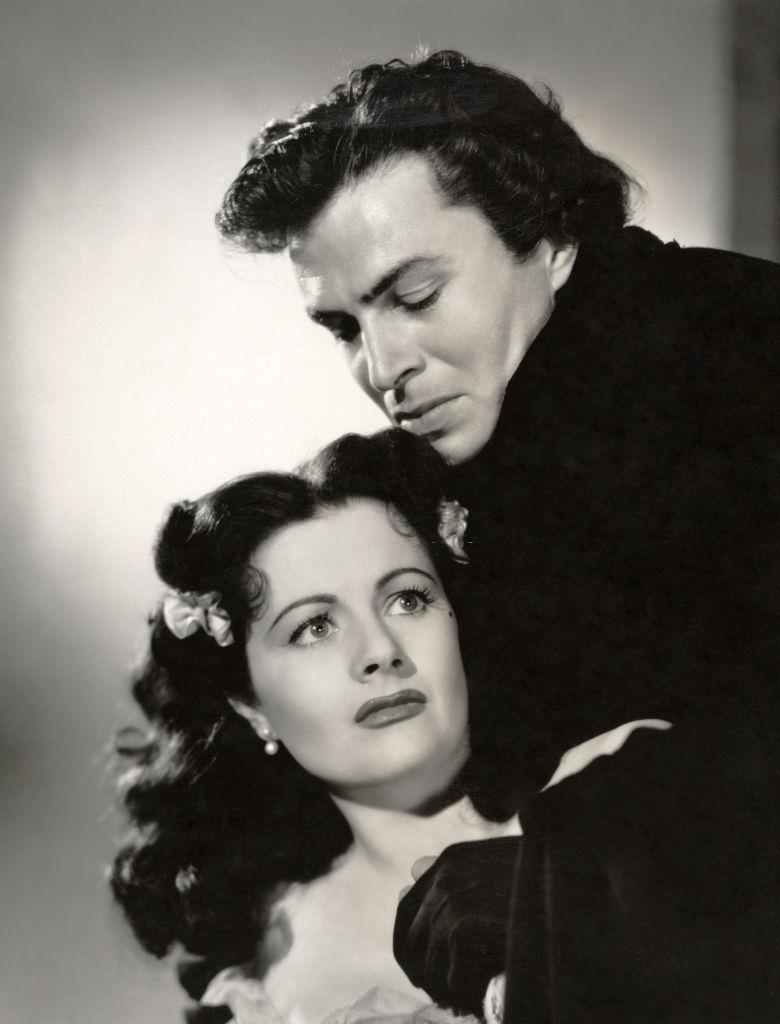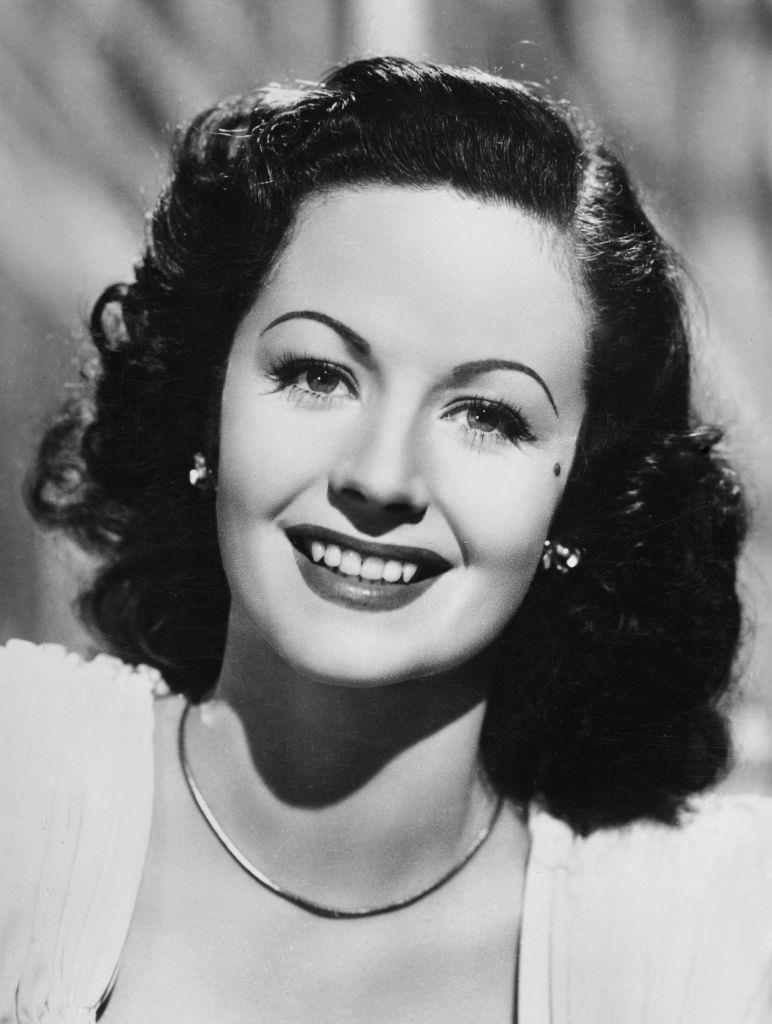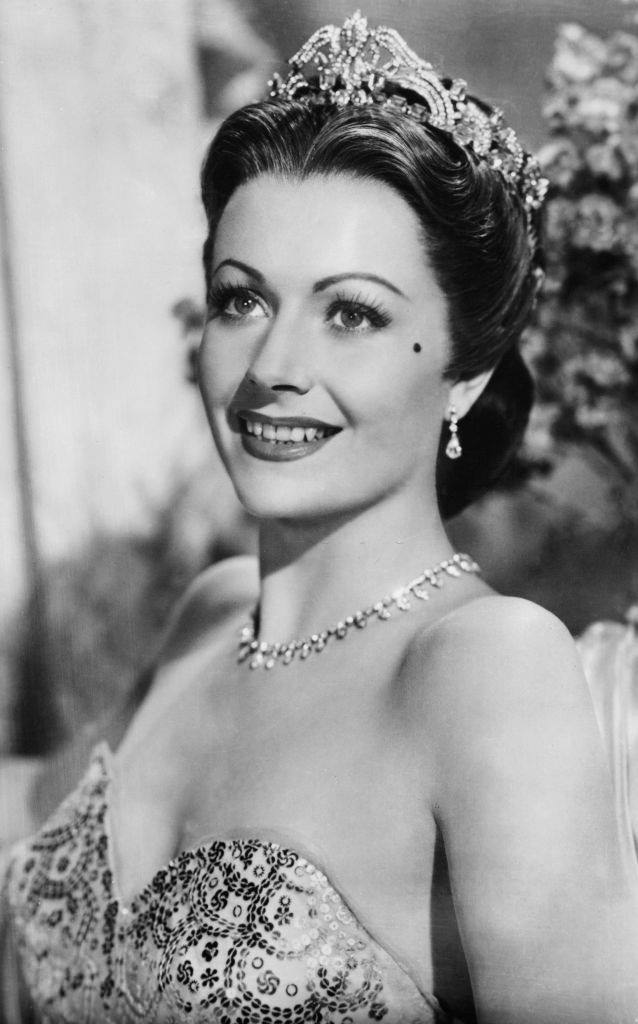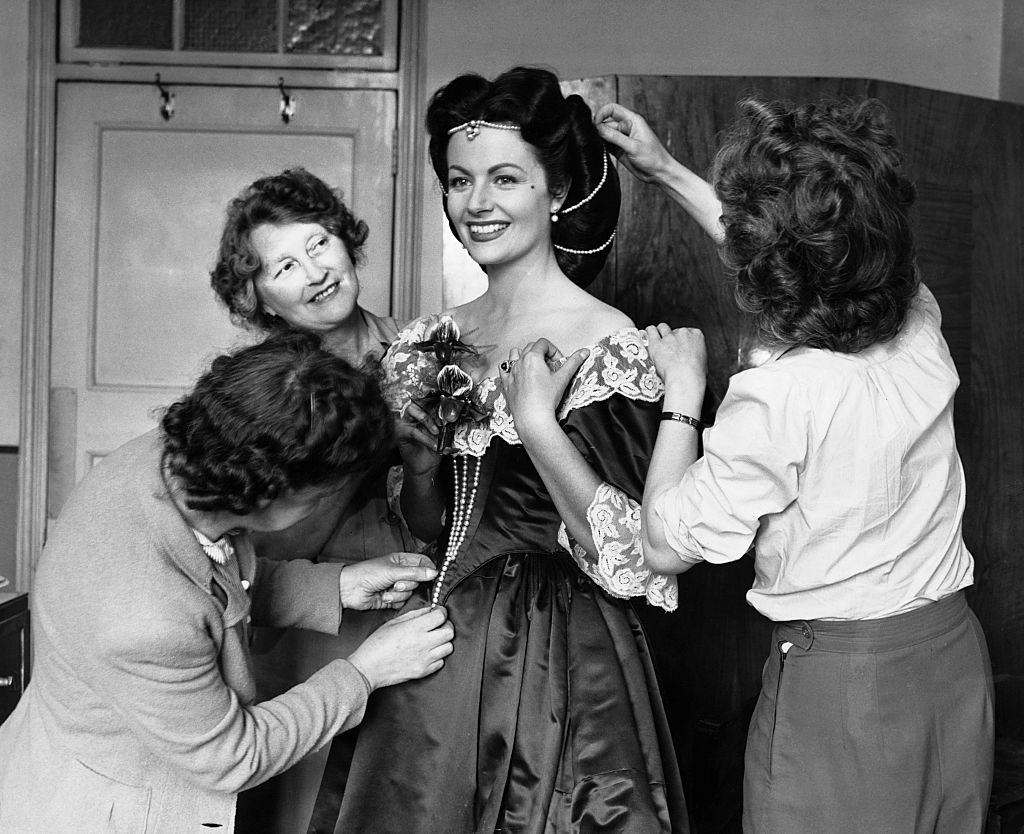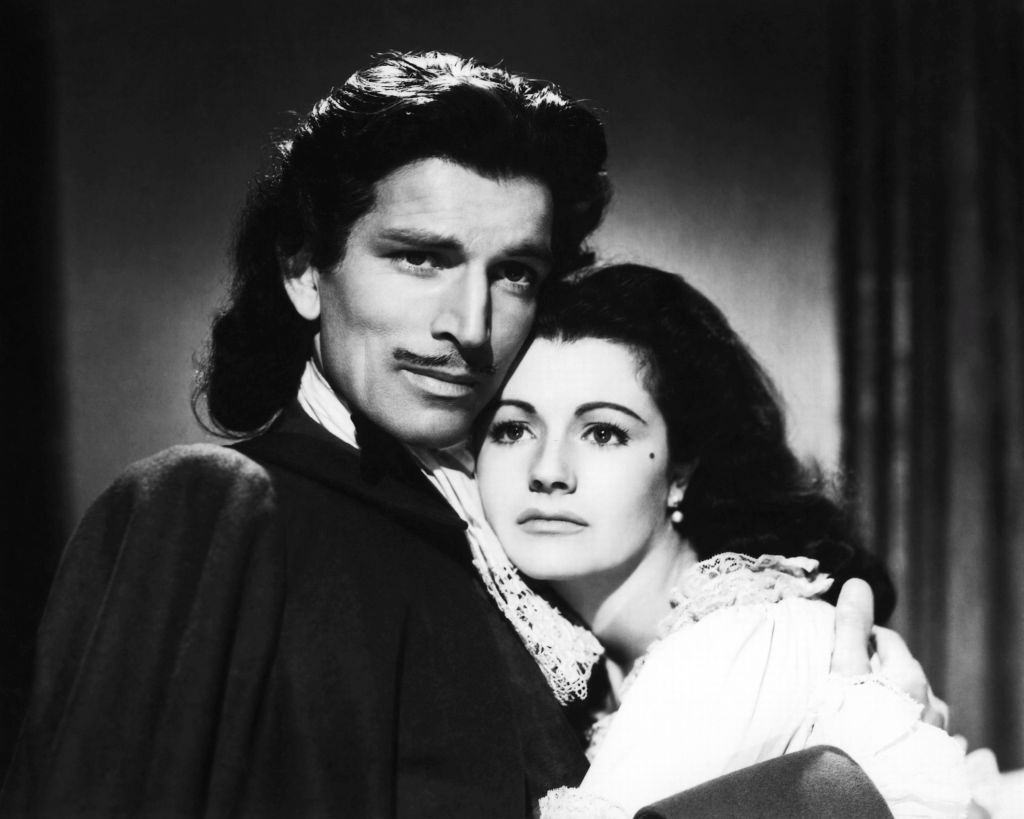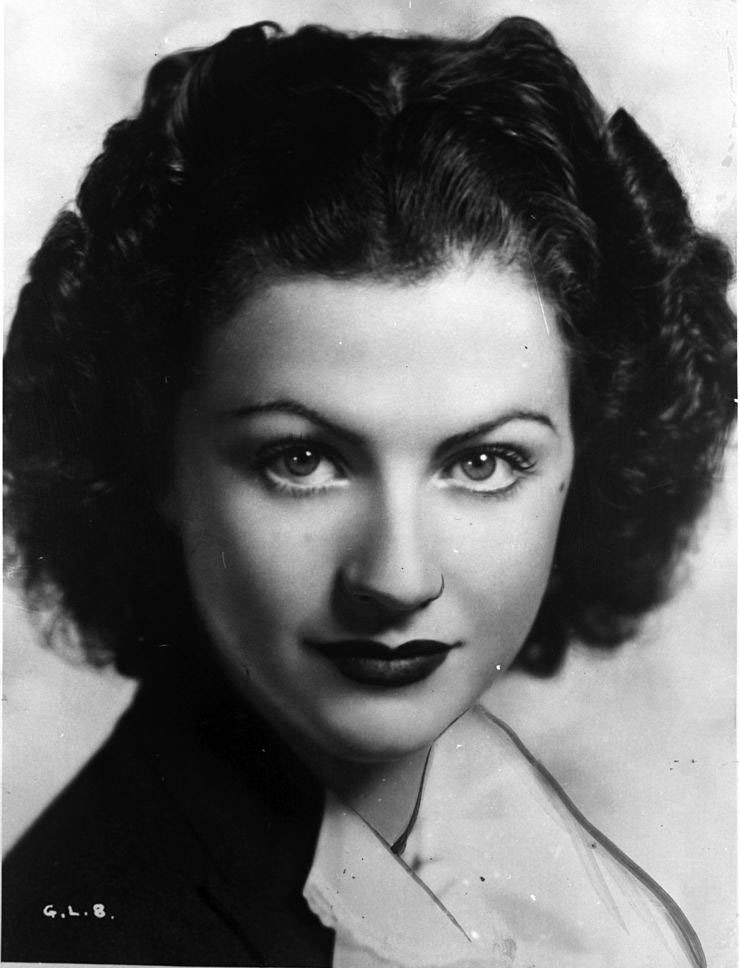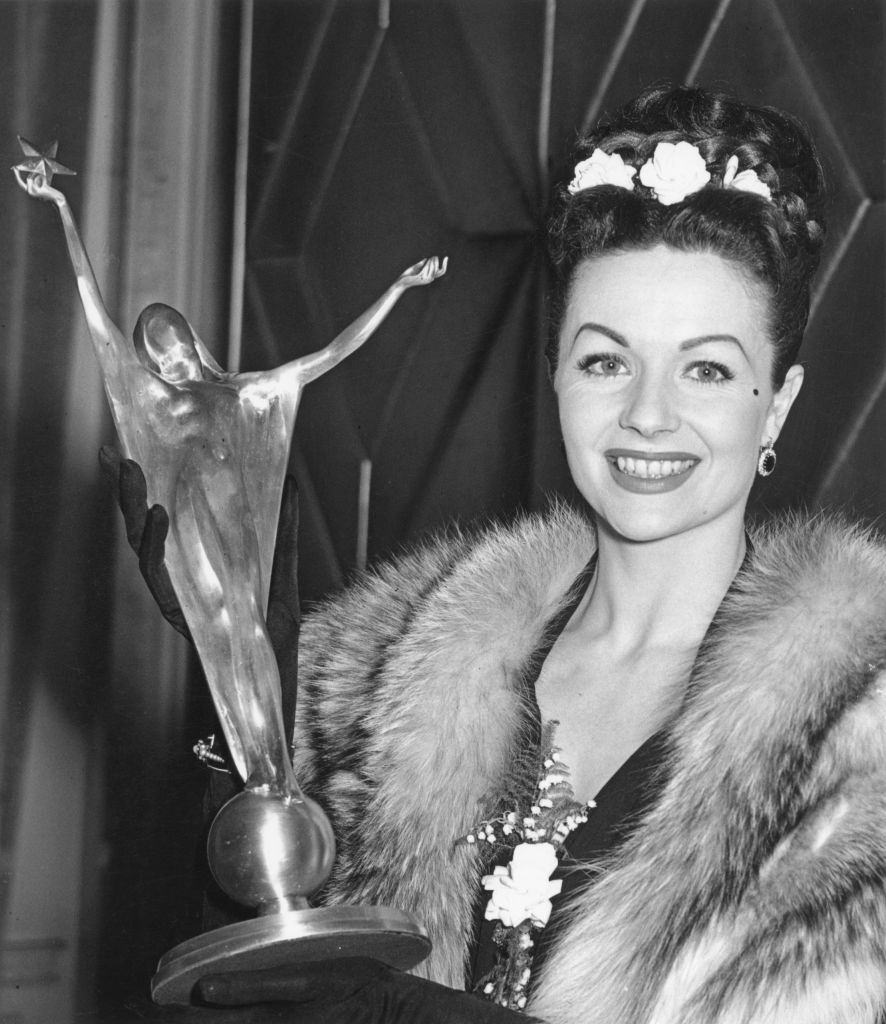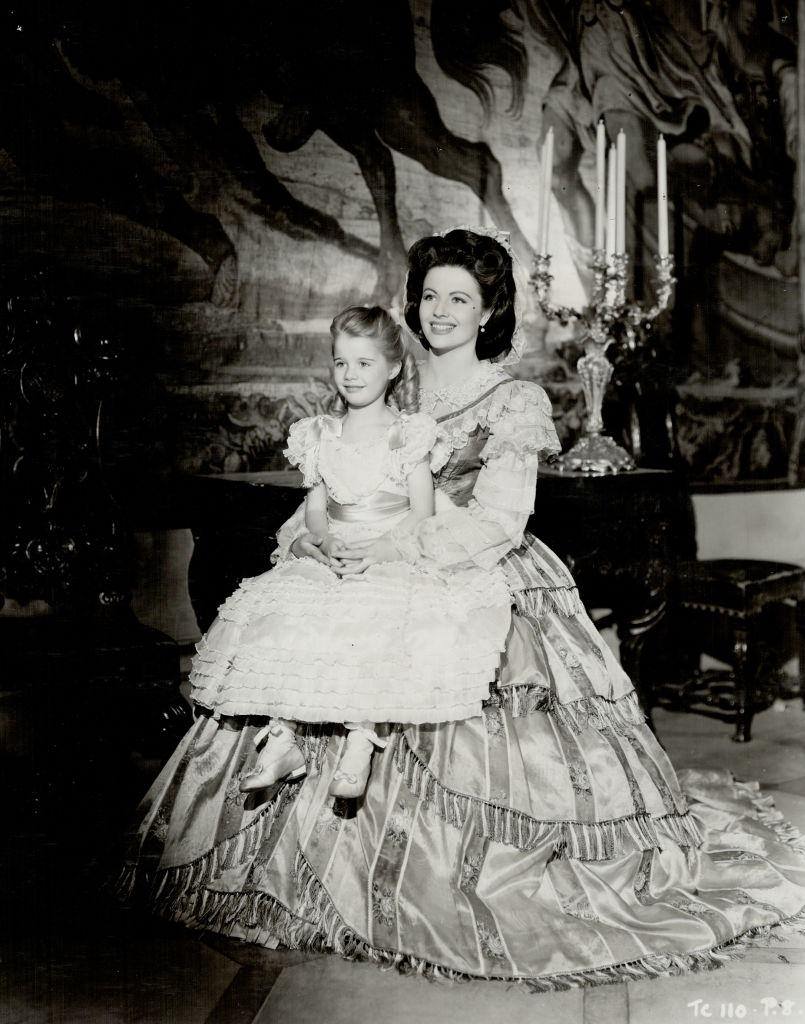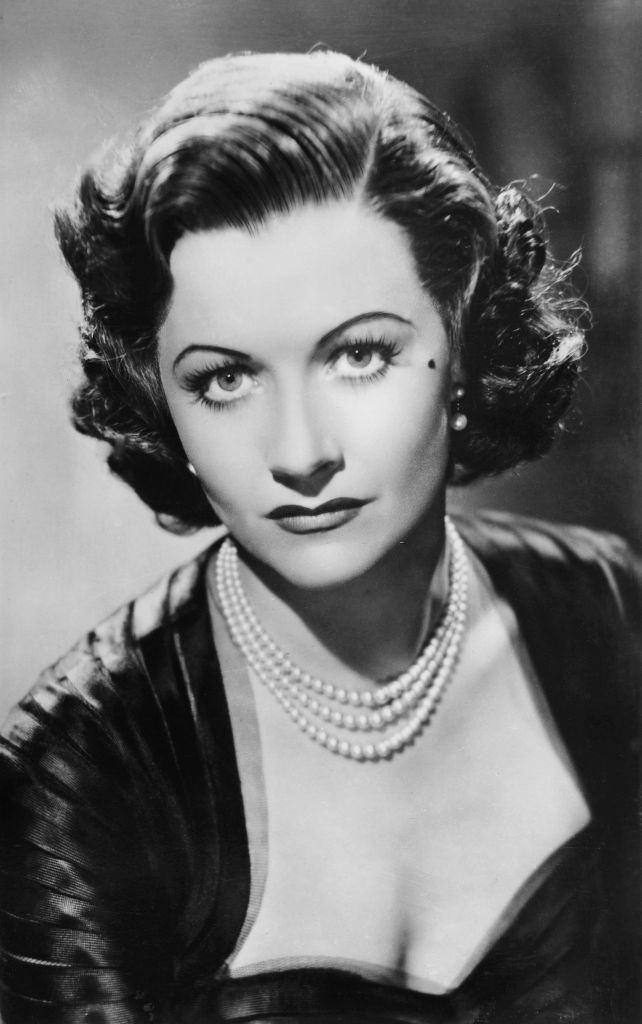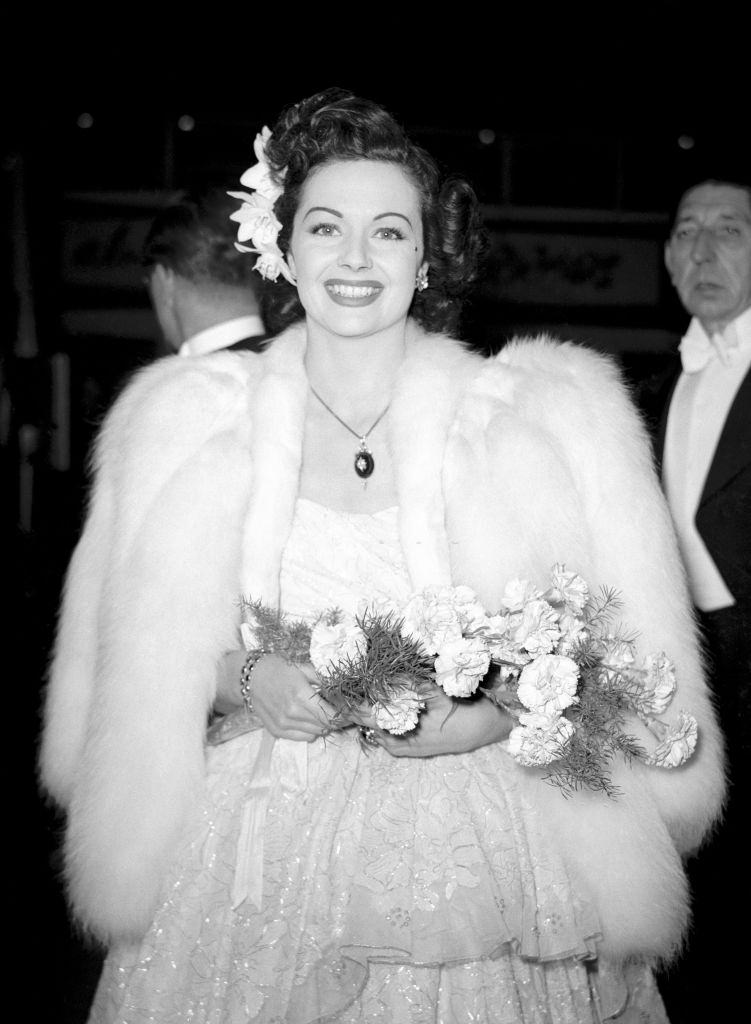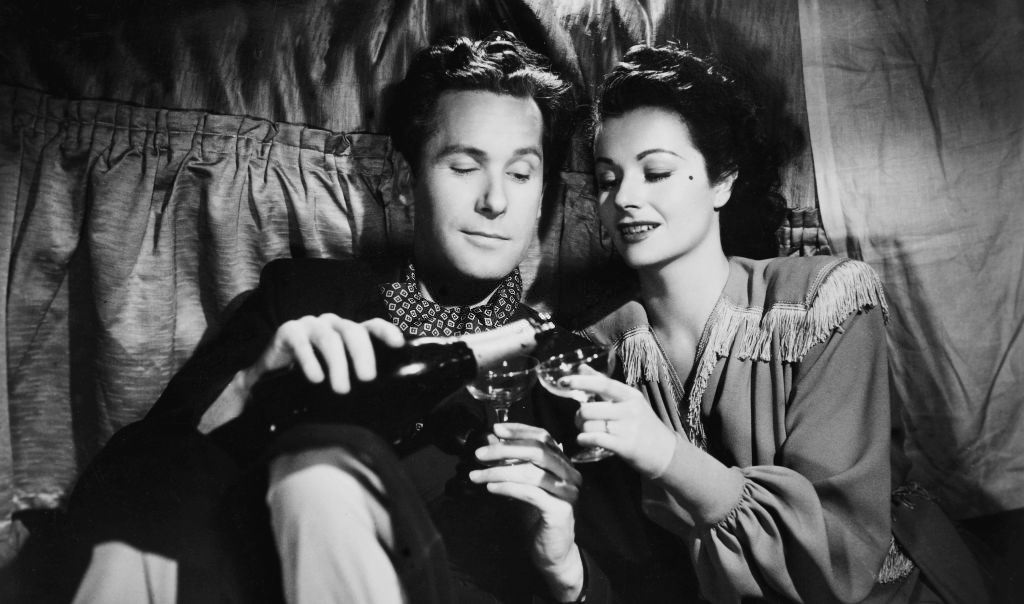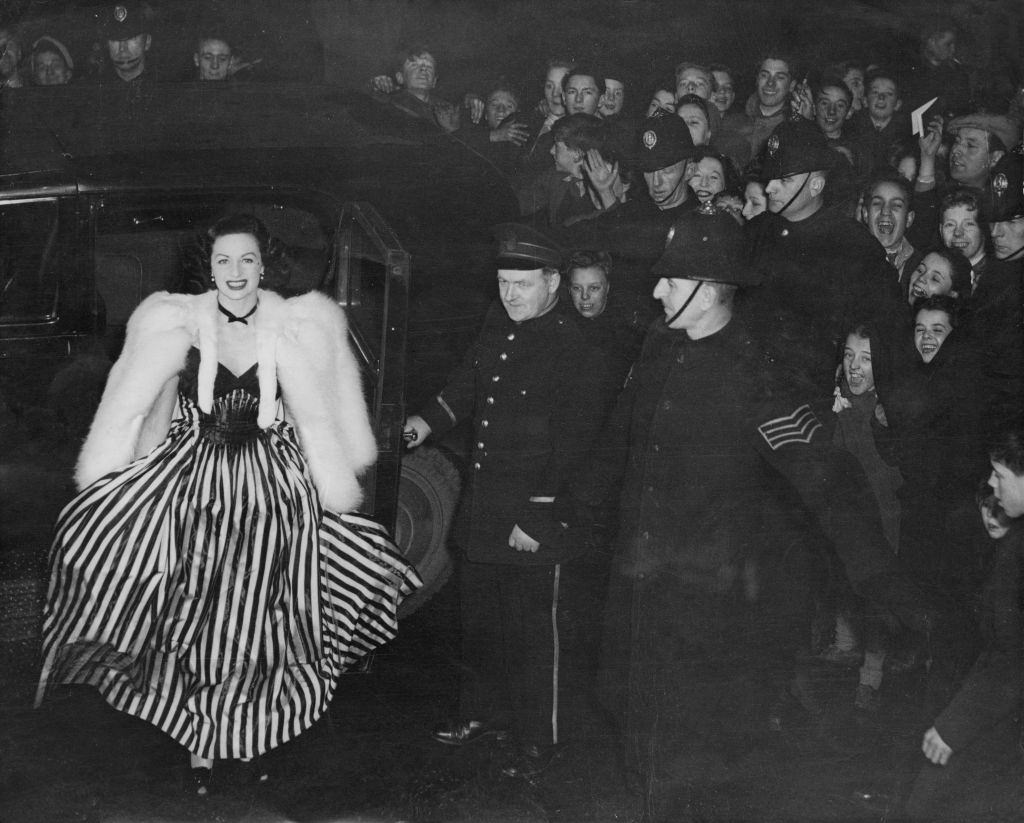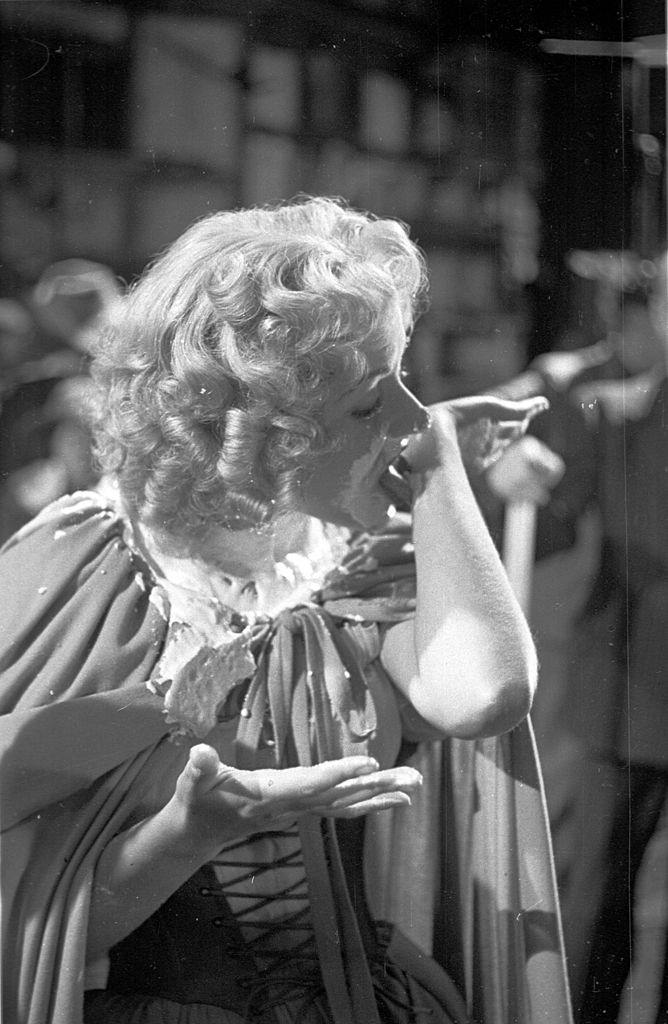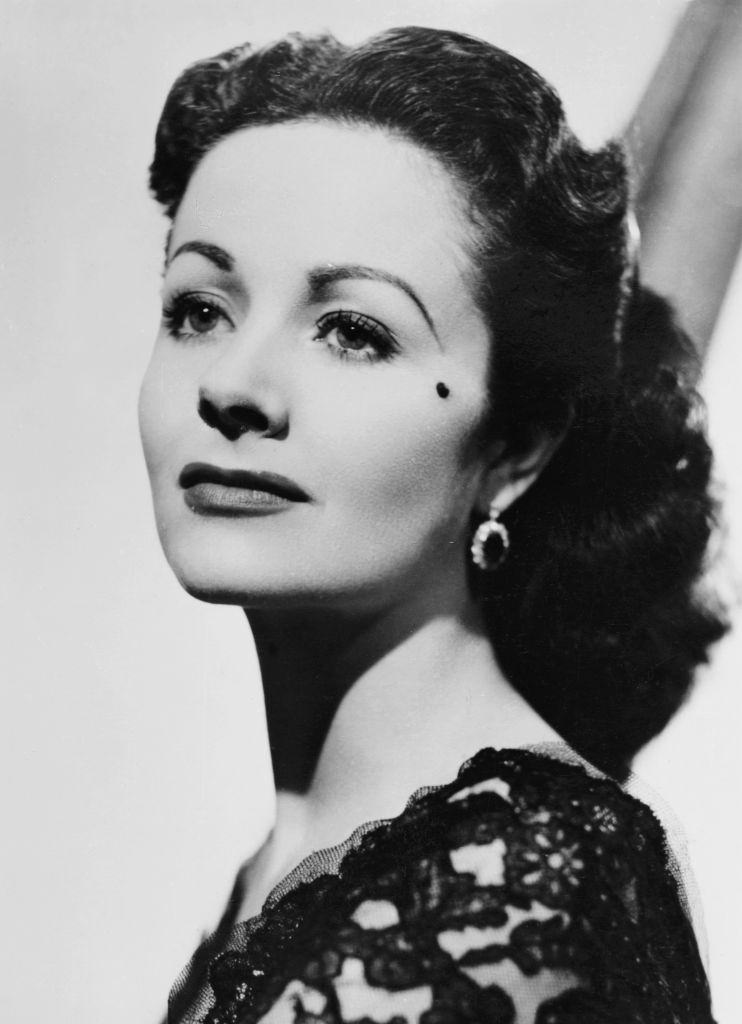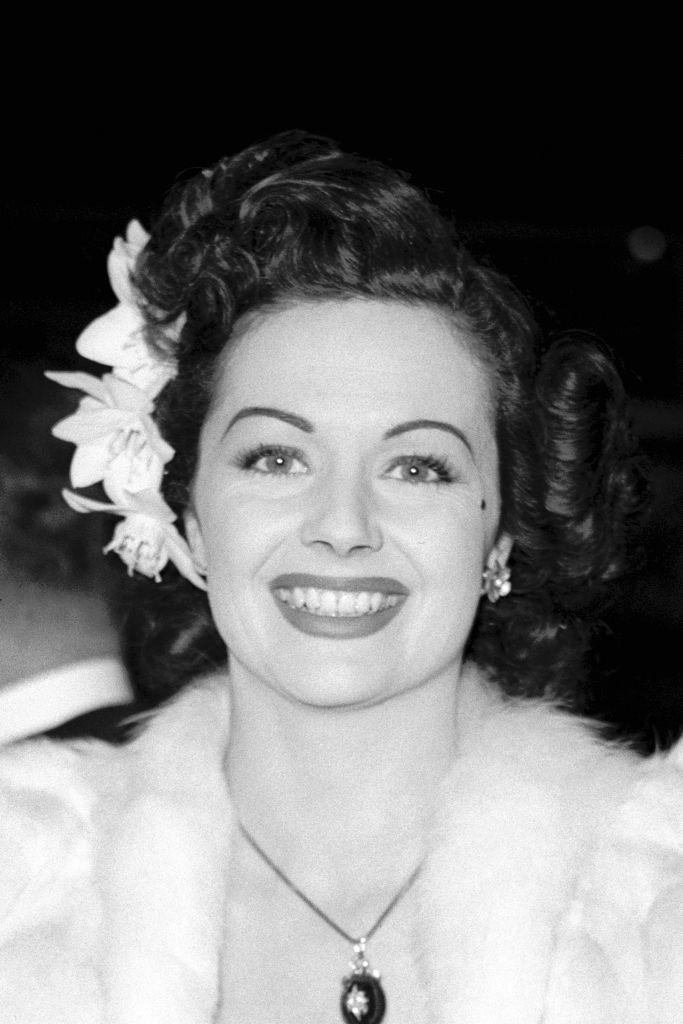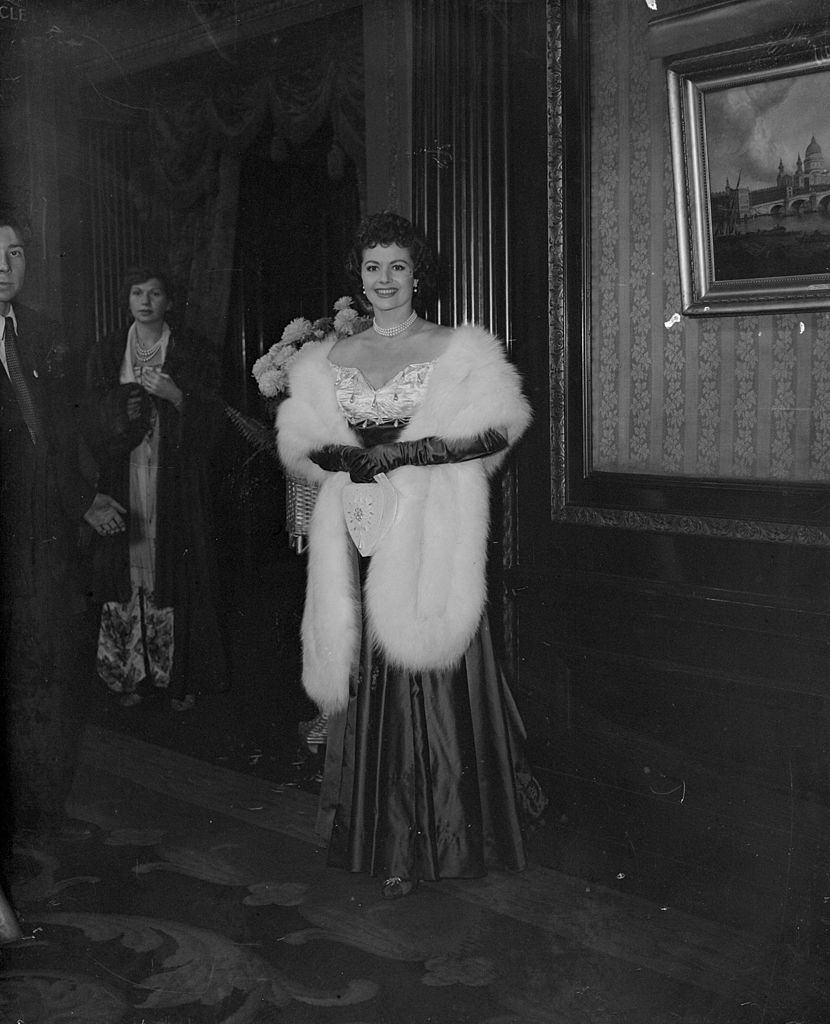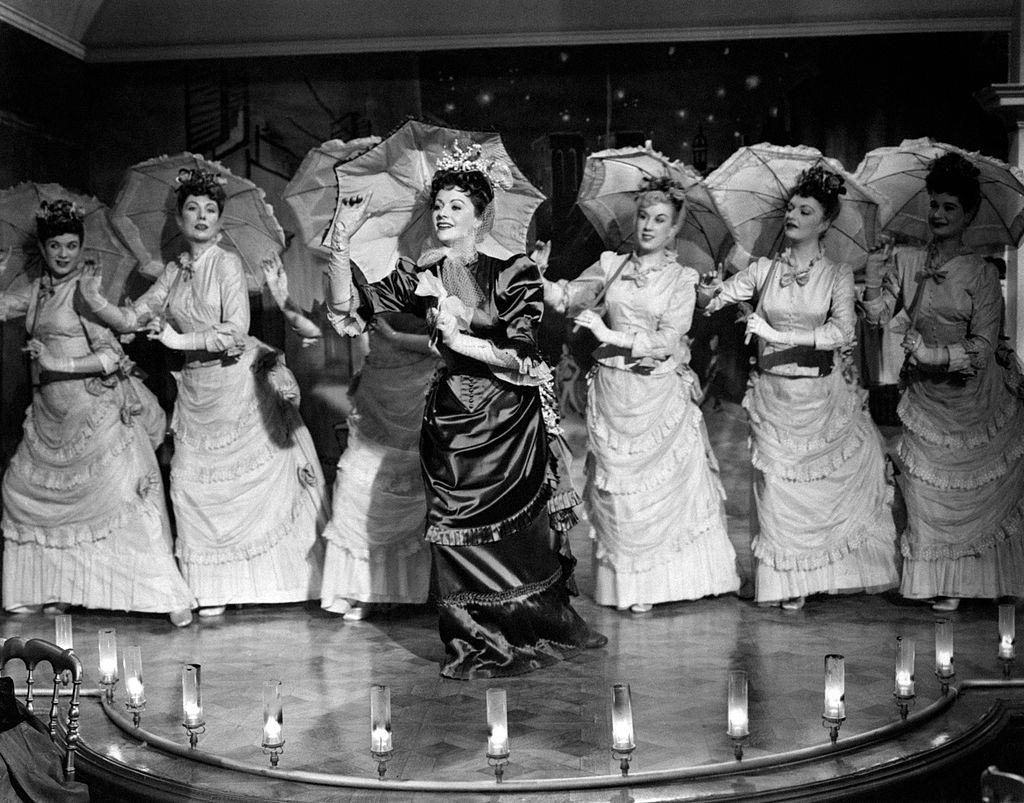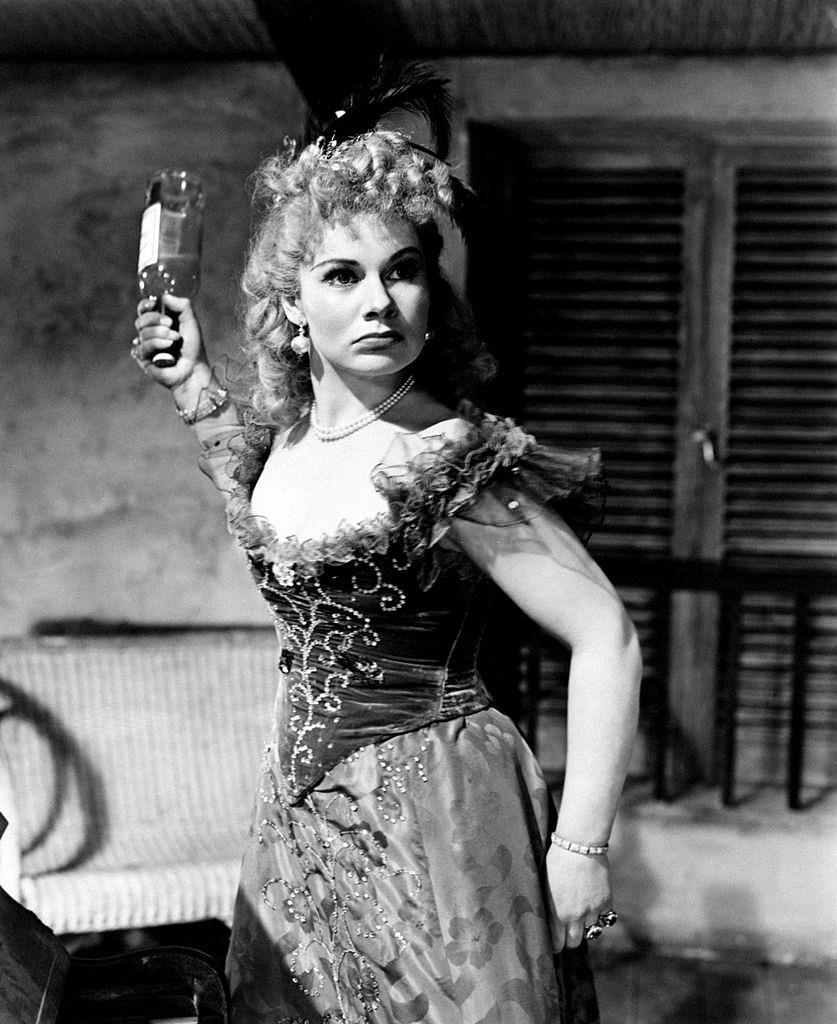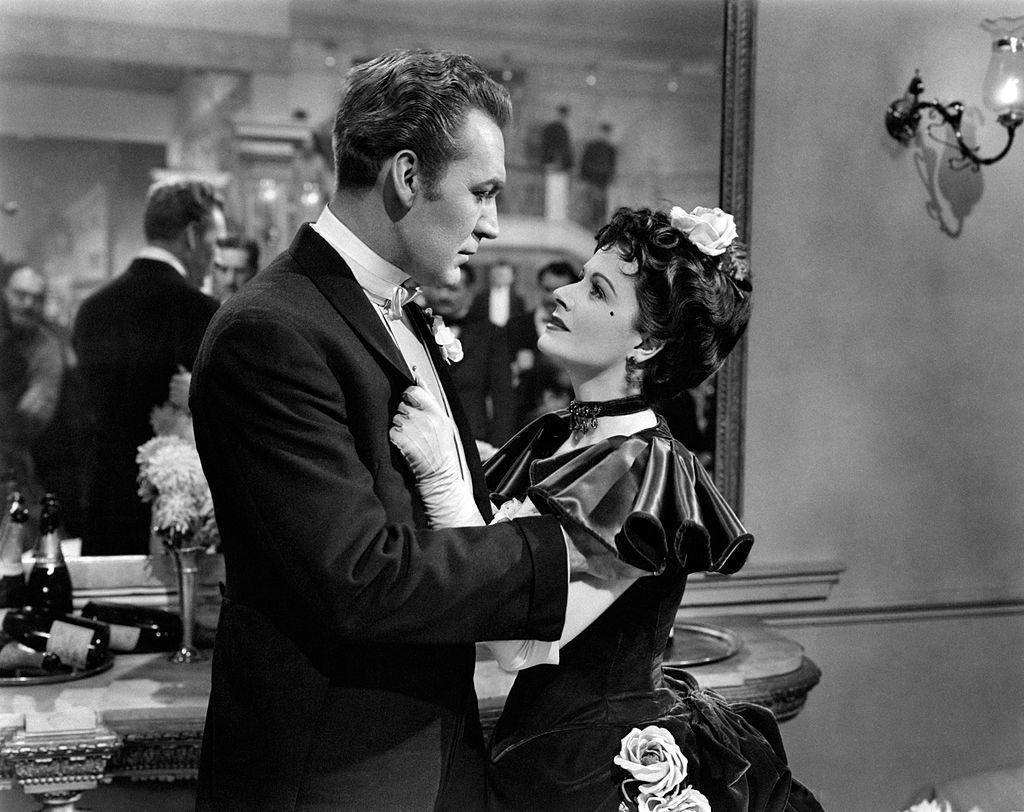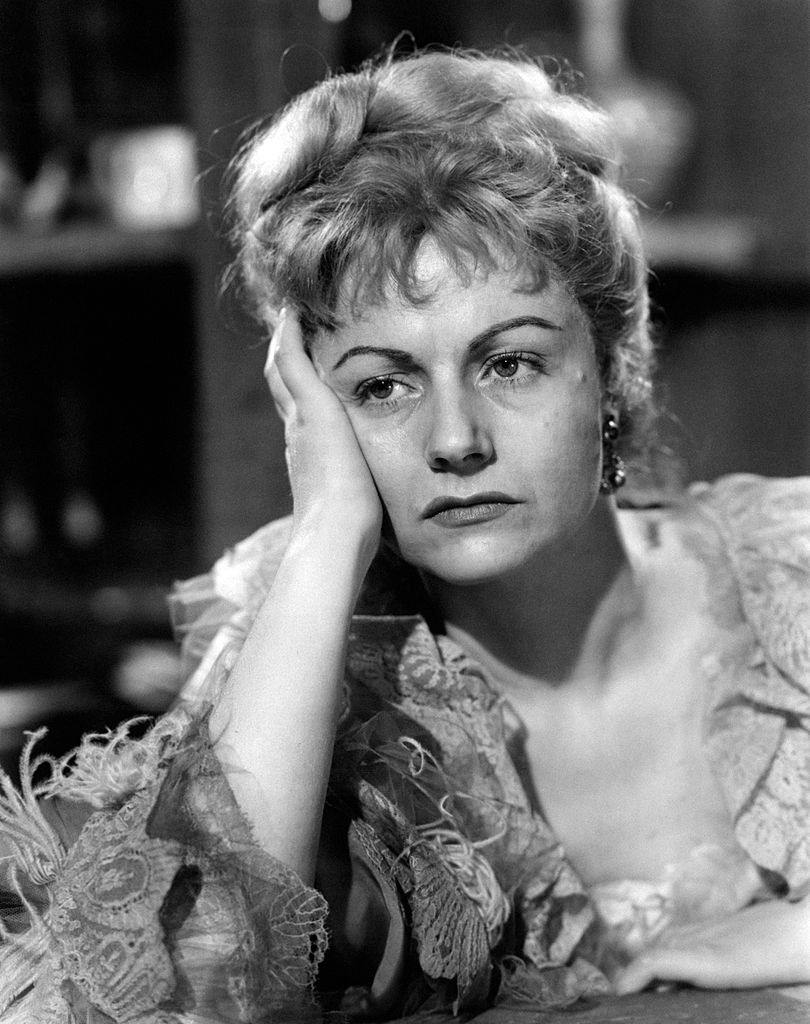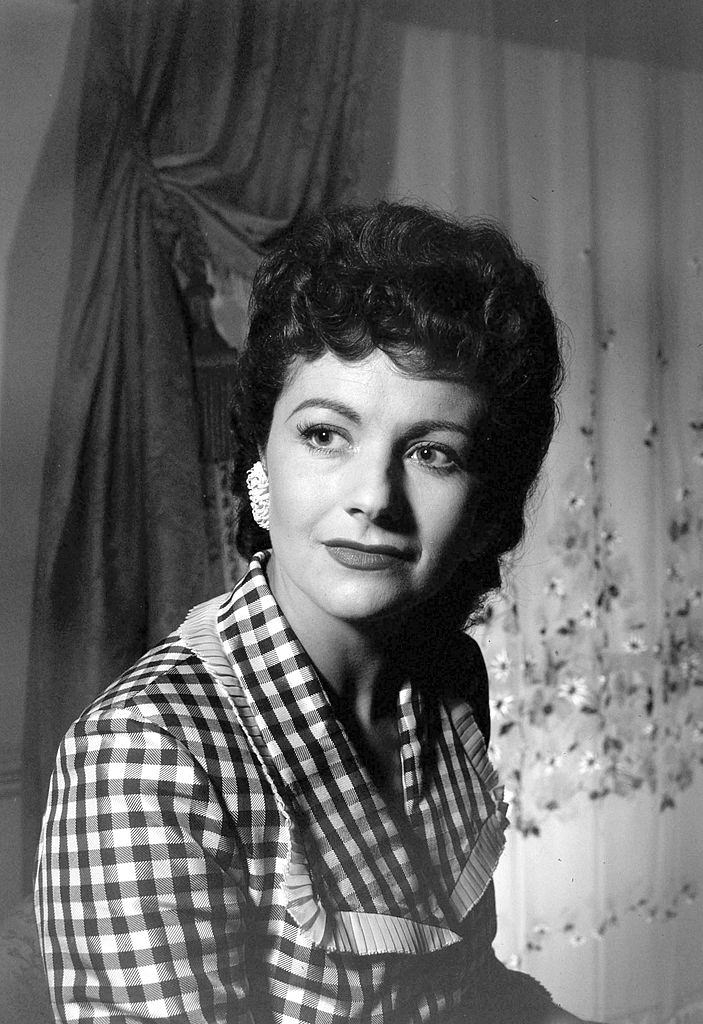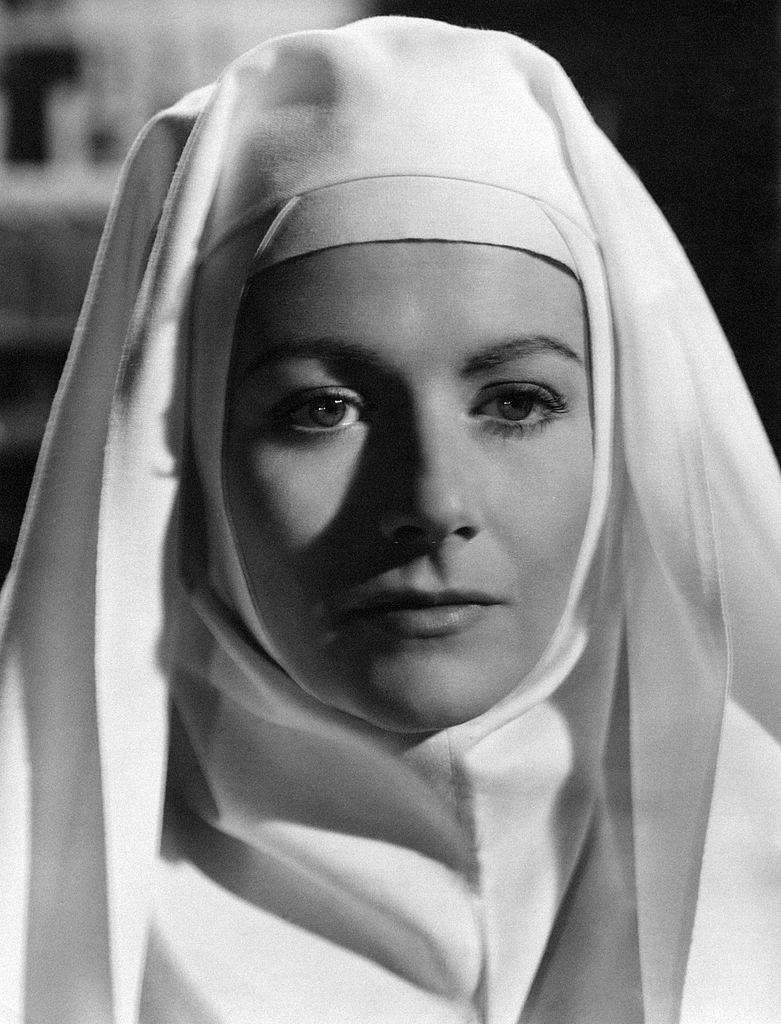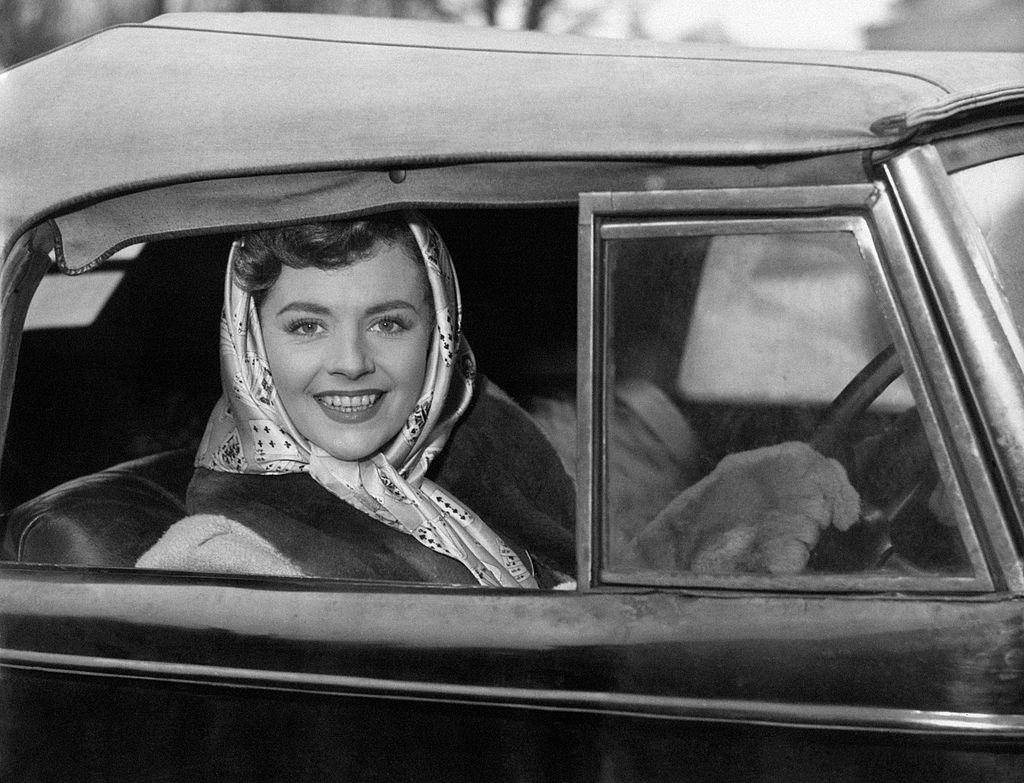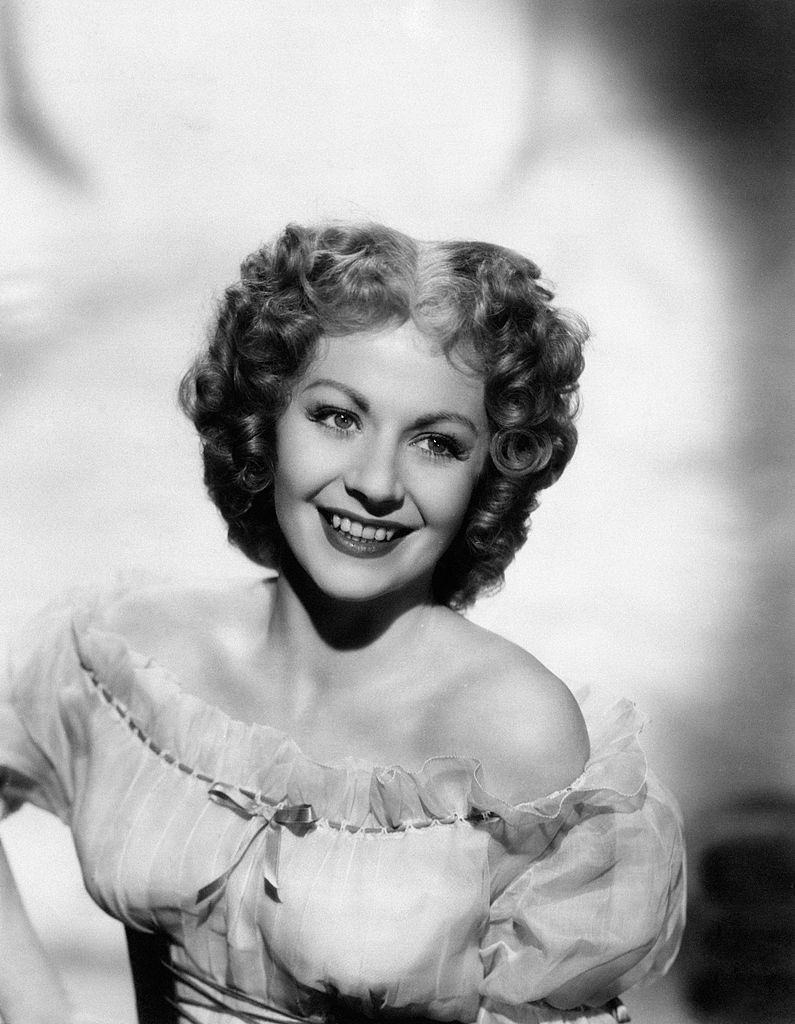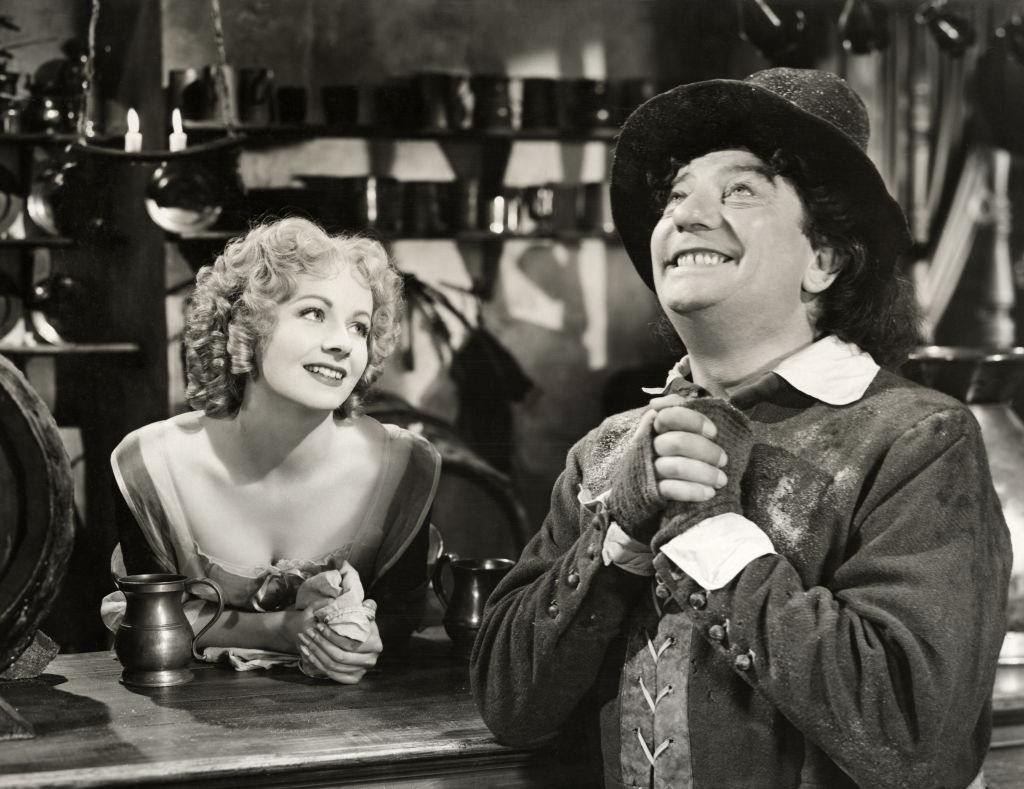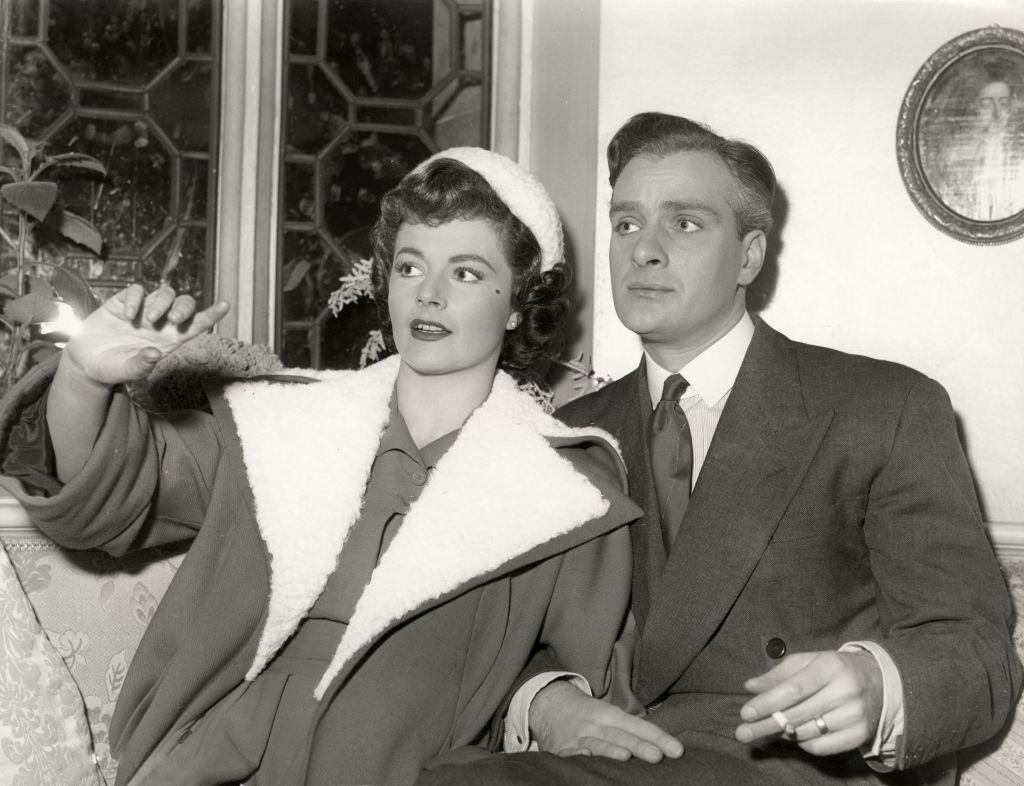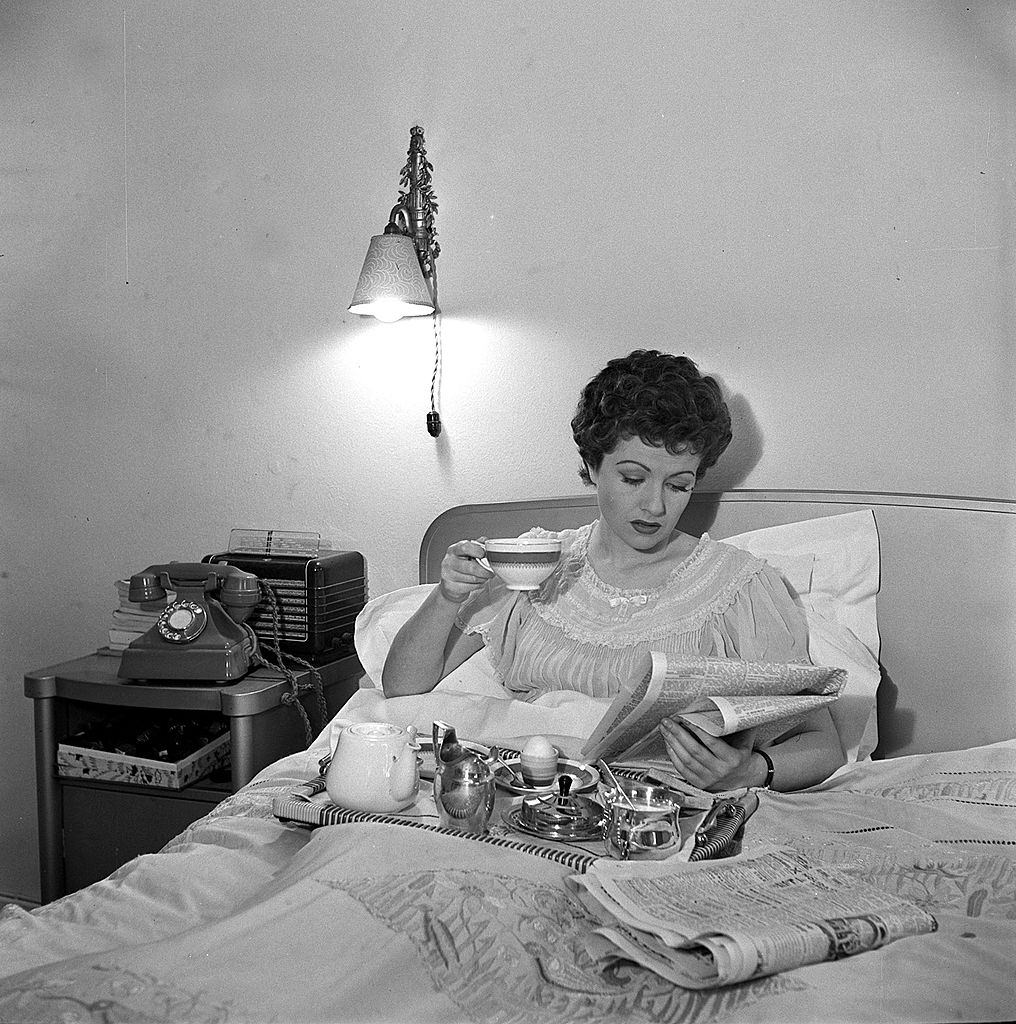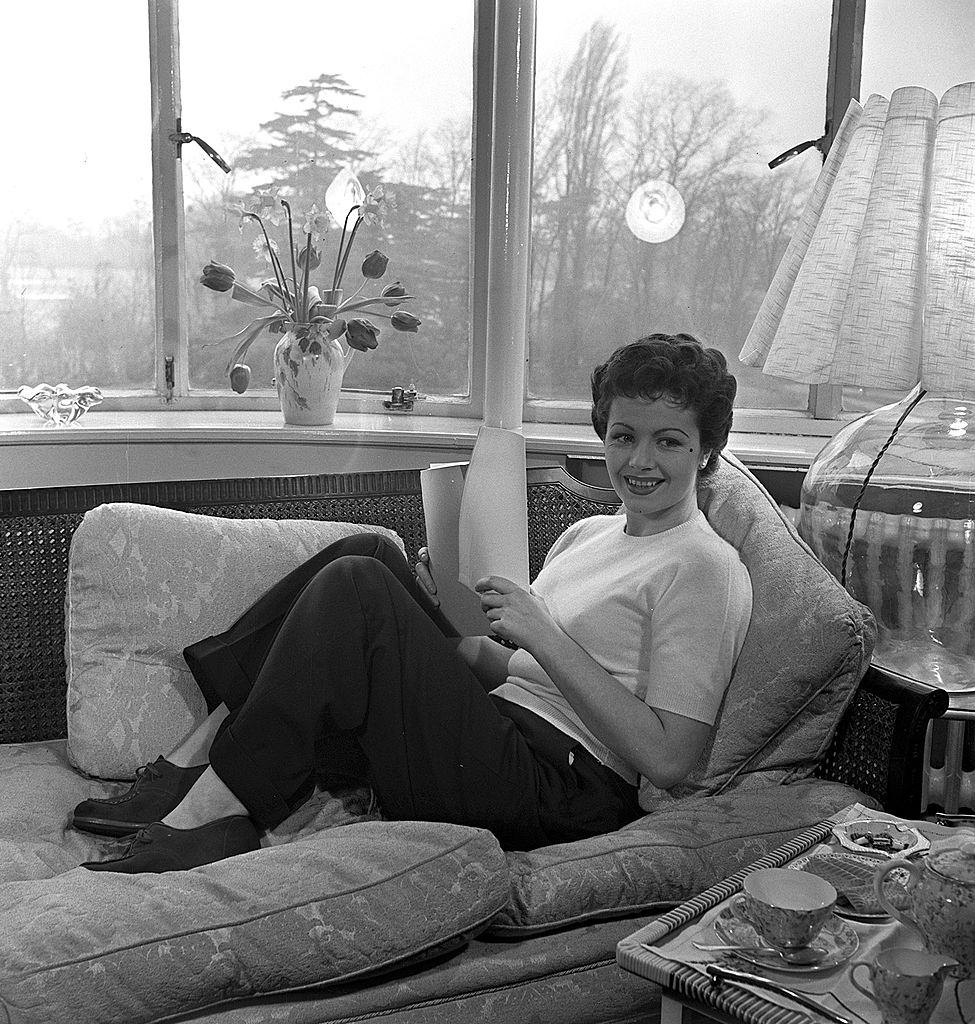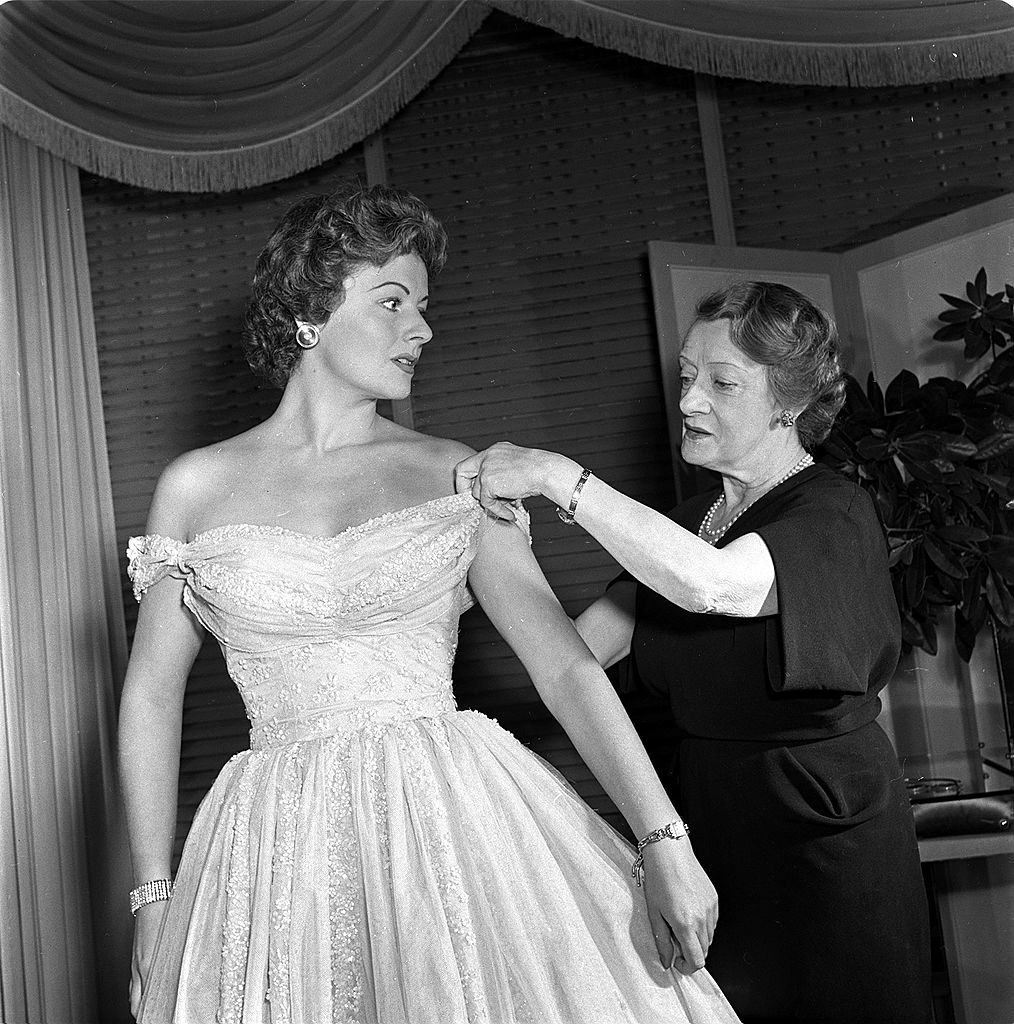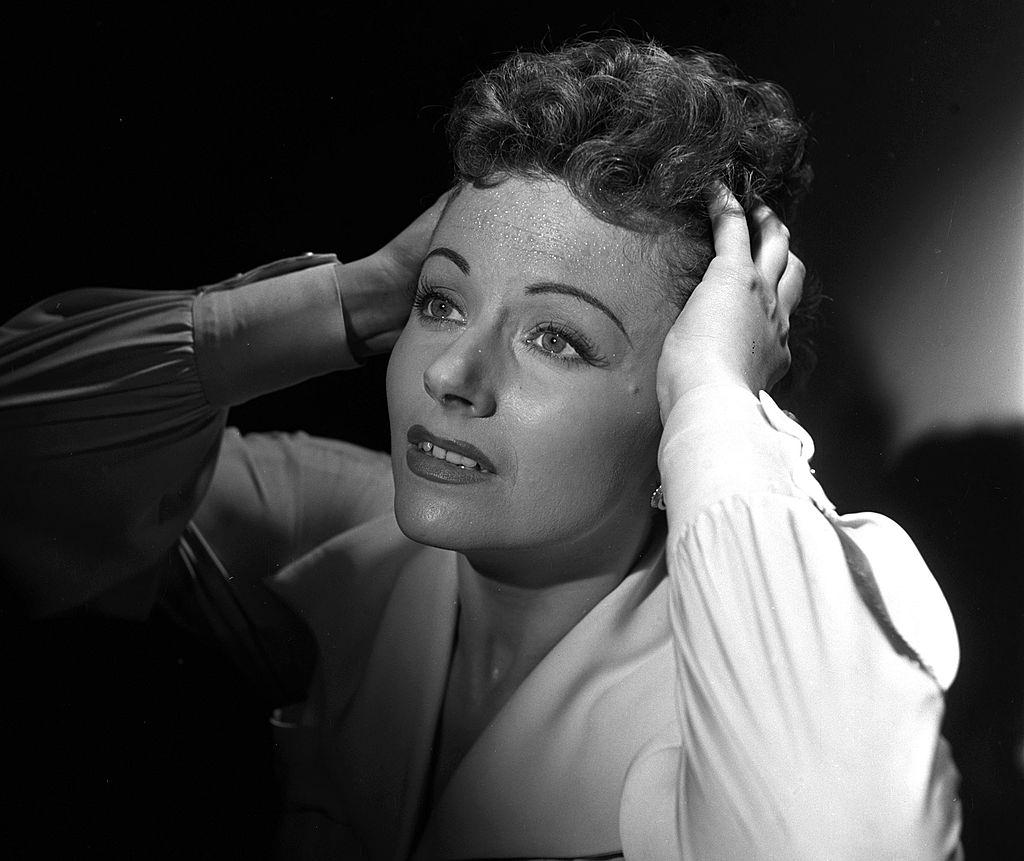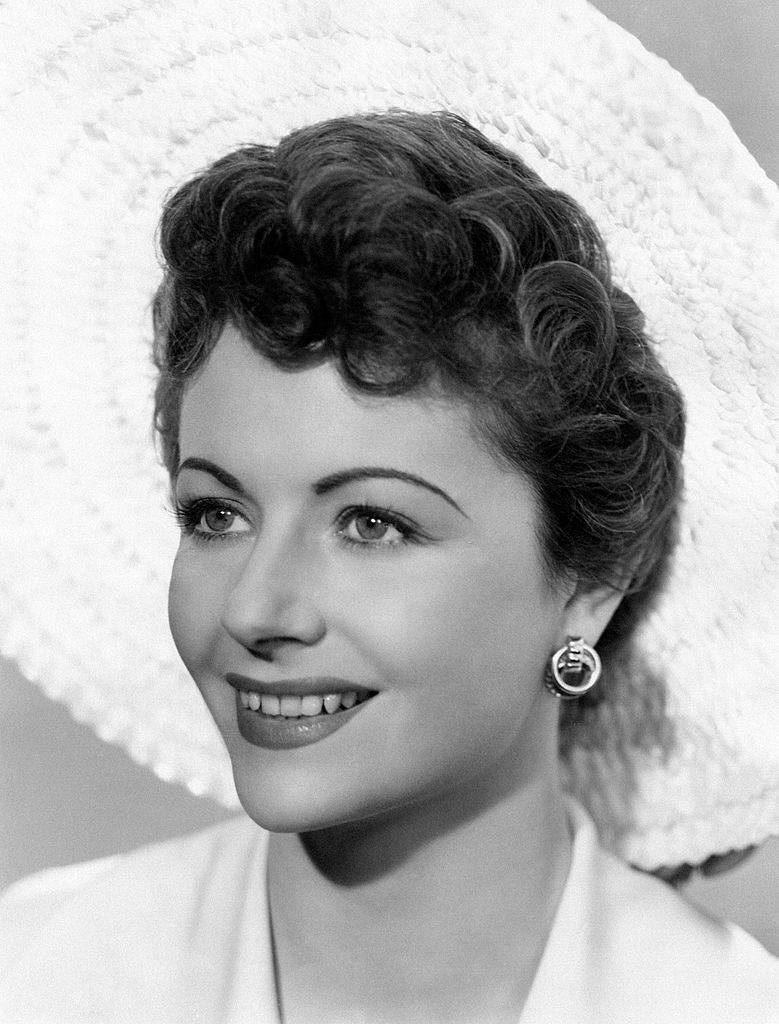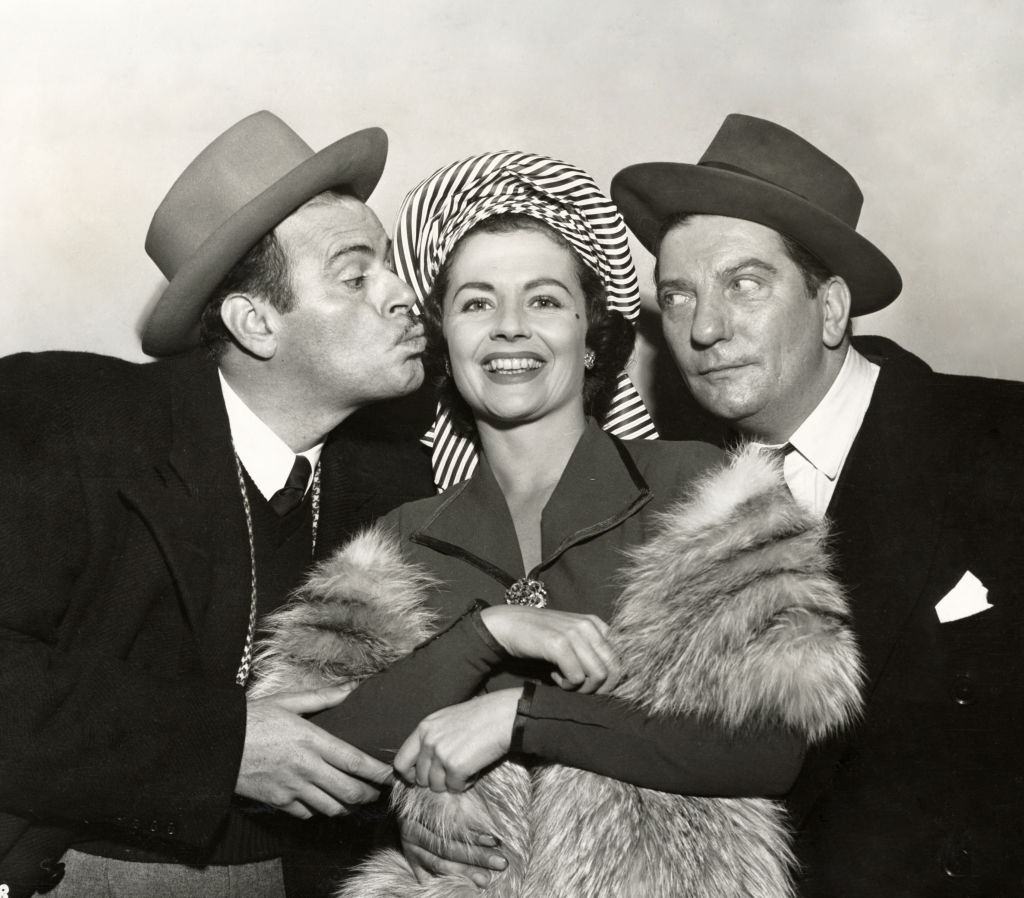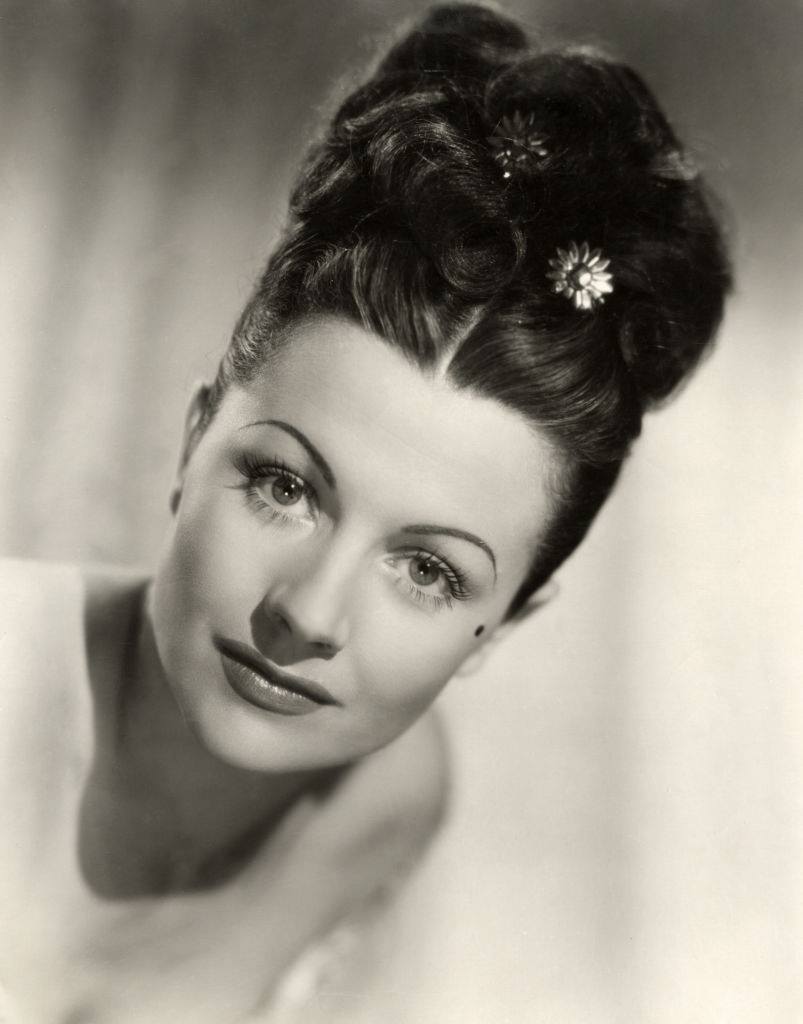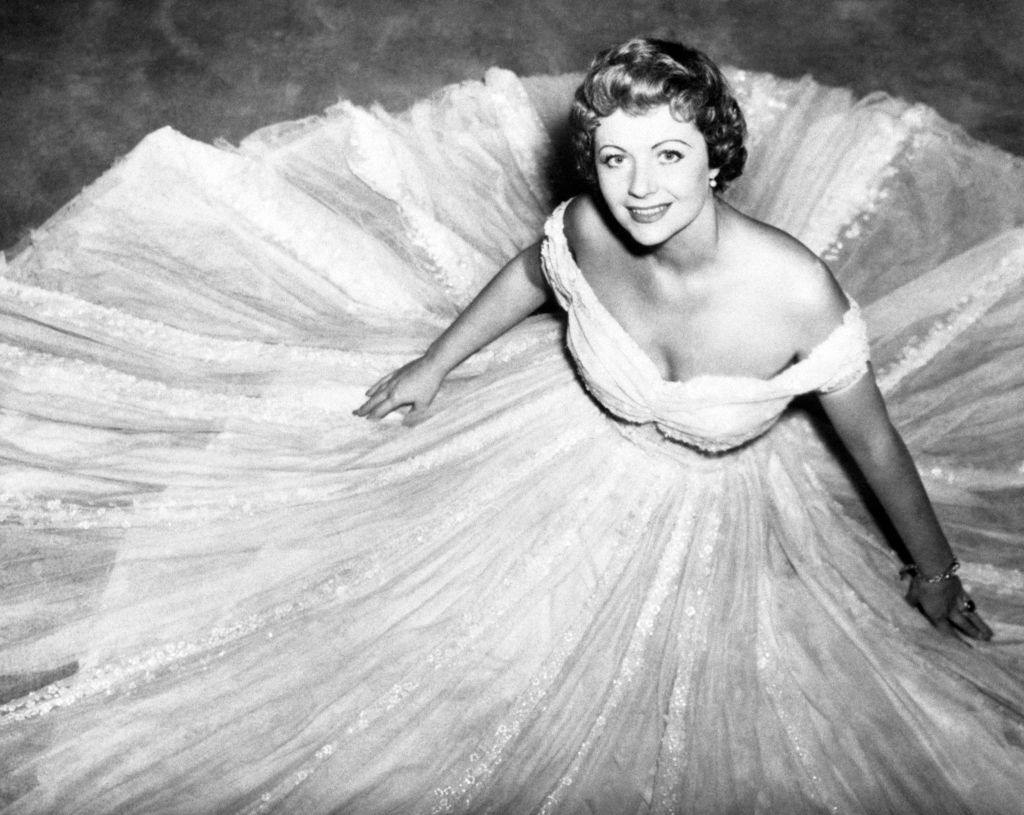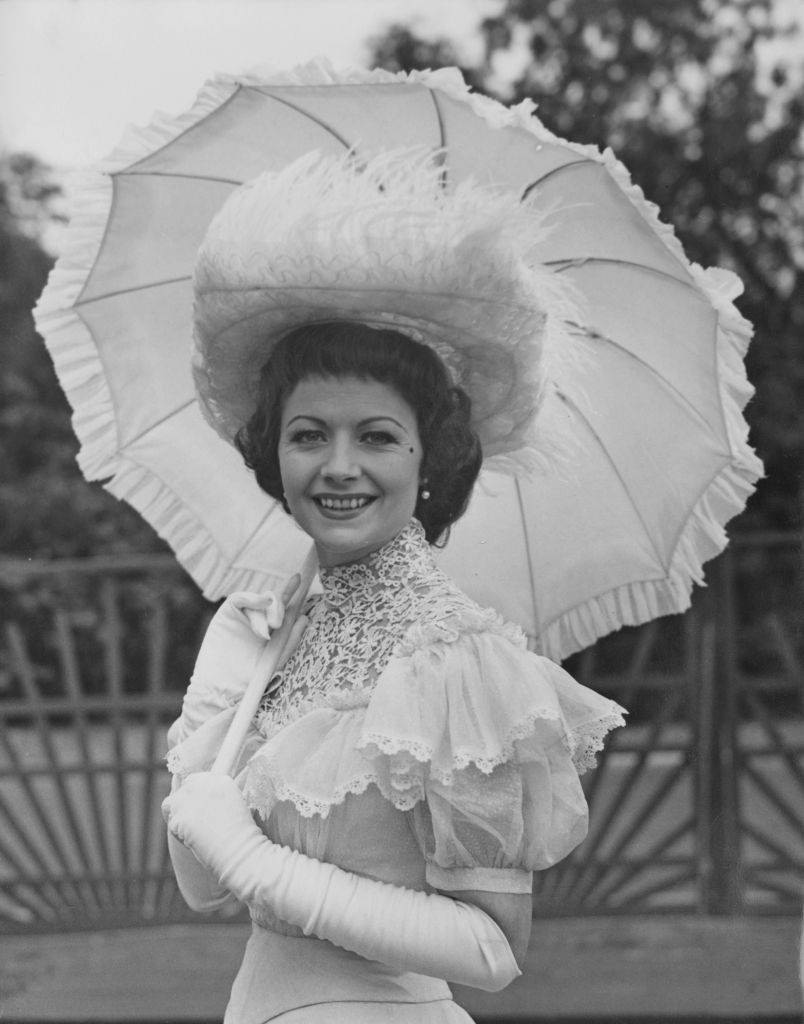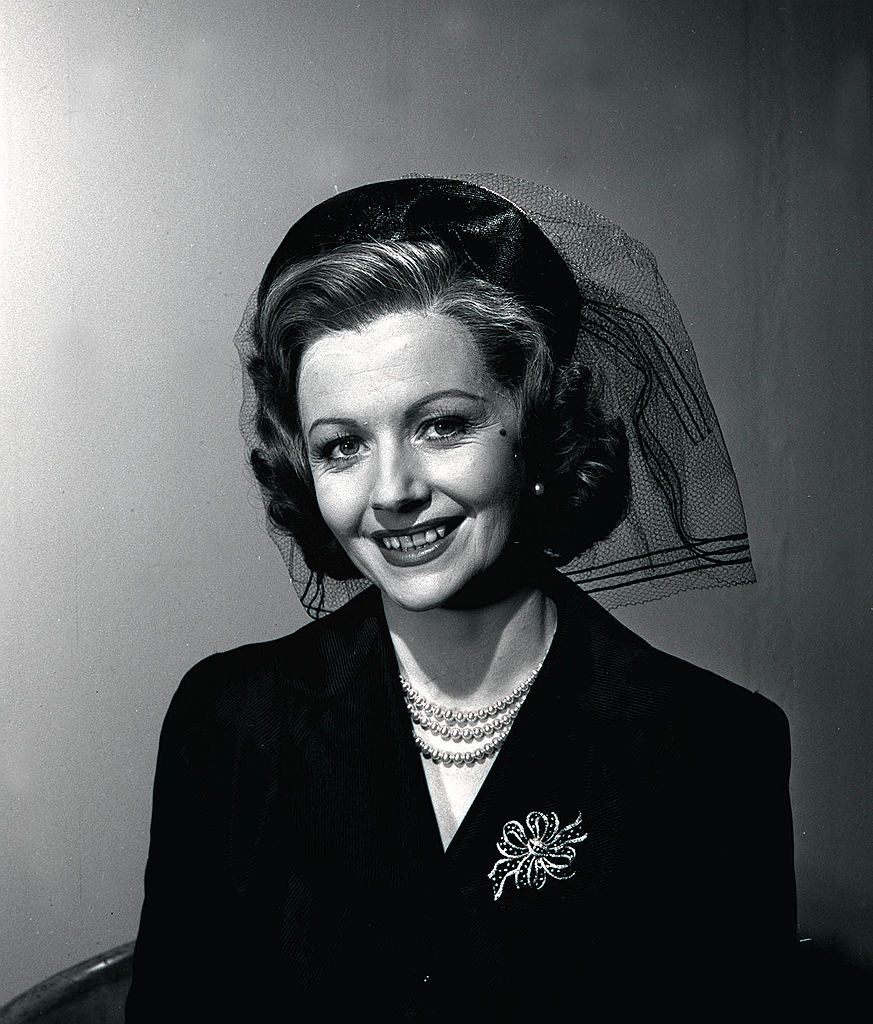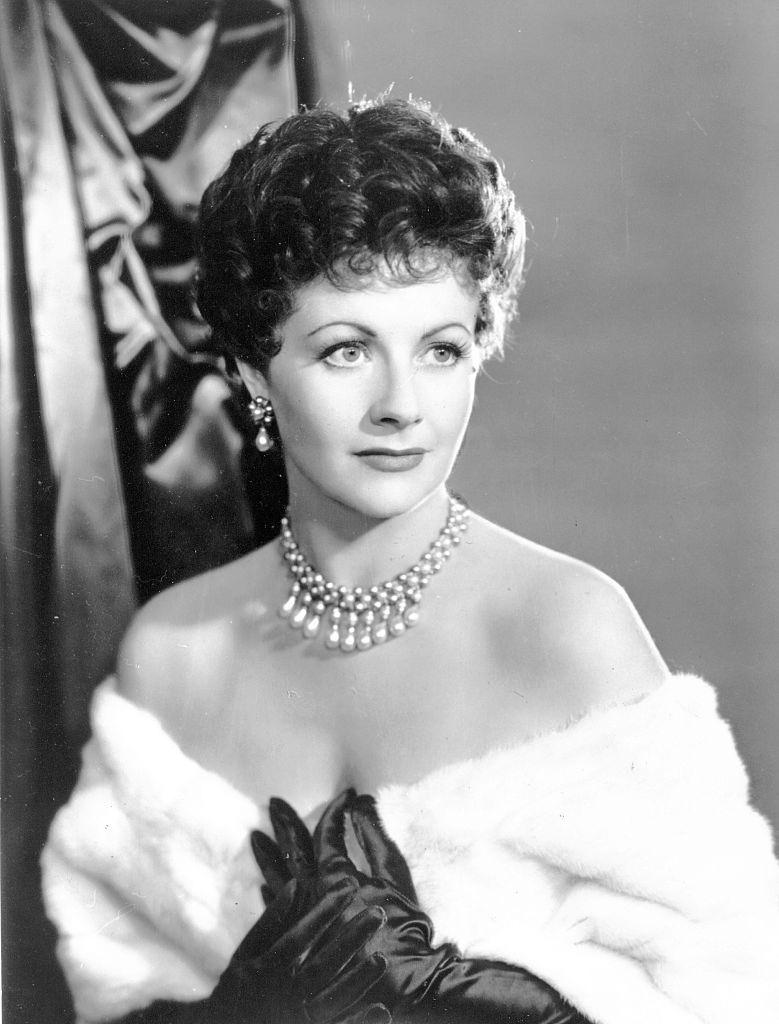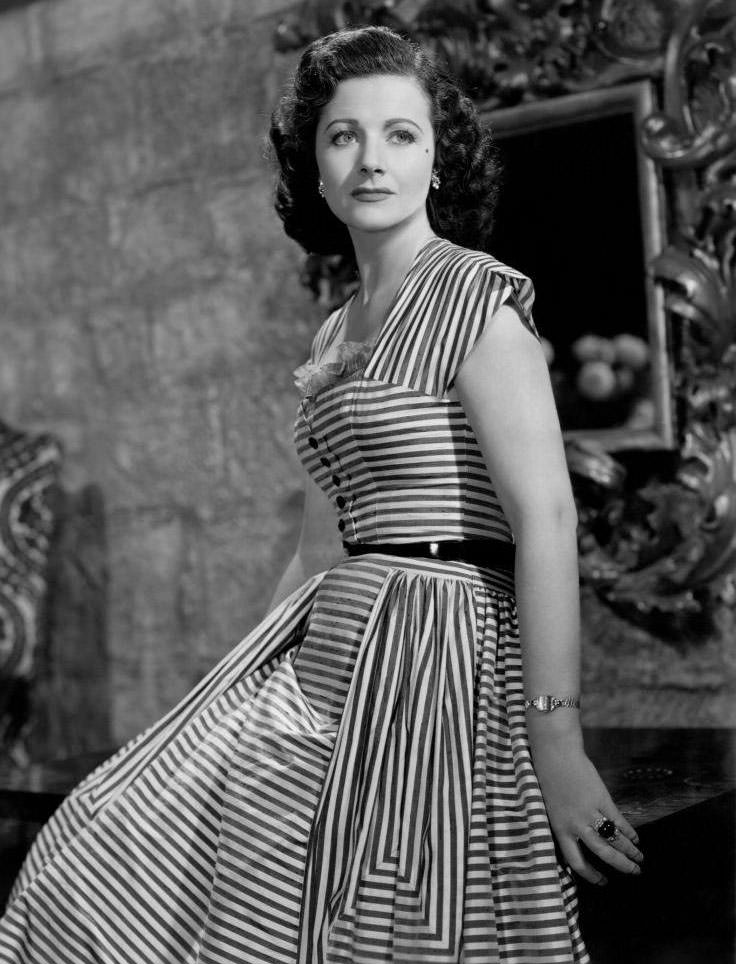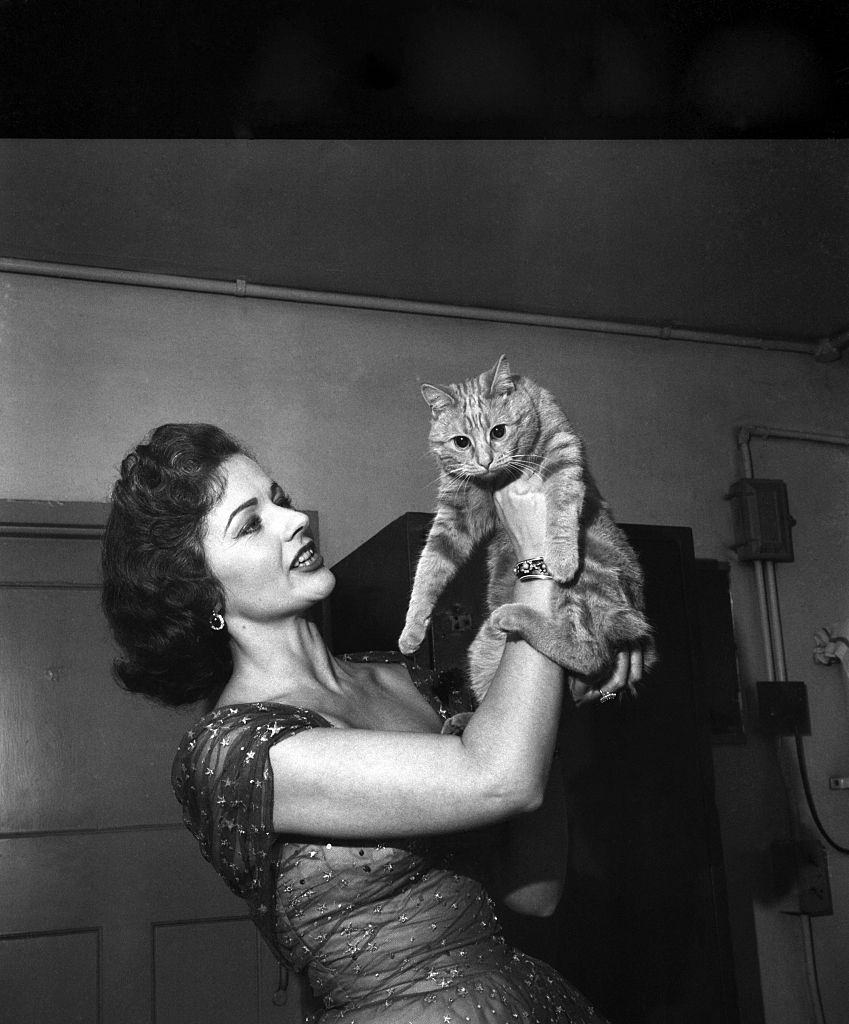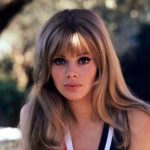Margaret Lockwood was a famous British actress and the leading lady of the late 1940s. She was known for her stunning looks, artistry and versatility. In addition to her role in a wide variety of films, she was a vibrant brunette with a beauty spot on her left cheek.
Stage career
Lockwood began training for the Italia Conti Academy of Theatre Arts at the age of twelve and made her stage debut in 1928 with the play ‘A Midsummer Night’s Dream’. The following year, she appeared at the Scala Theatre in the pantomime in the drama ‘The Babes in the Wood’. In the 1930s, she appeared in a variety of stage plays and made her name.
Acting career
Margaret Lockwood made her screen debut in the drama picture ‘Lorna Doone’ in 1934. With the drama picture ‘Bank Holiday,’ she created a reputation for herself. This film was a success, launching Lockwood’s career, and Gaumont extended her contract from three to six years.
In 1938, she gave her best performance in the movie ‘Bank Holiday’; the film launched Lockwood’s career. She called it “My first really big Picture”. Gaumont extended her contract from three to six years.
Among her best performances was that in 1938, when Alfred Hitchcock cast her in ‘The Lady Vanishes (1938)’, opposite Michael Redgrave, then a relative newcomer to Hollywood. A first-time star, she gave an intelligent, convincing performance as the curious girl who confronts an elderly lady (May Whitty) who seems to vanish into thin air on a train journey.
In June 1939, Lockwood returned to the United Kingdom. She was supposed to make cinema adaptations of ‘Rob Roy’ and ‘The Blue Lagoon’, but both projects were shelved due to the outbreak of World War II.
Lockwood had the most significant success of her career to date with the title role in ‘The Wicked Lady (1945)’. The film was the most successful at the British box office in 1946, and she won the first prize for most popular British film actress at the Daily Mail National Film Awards. During the 1940s, she starred in some blockbusters, including “Hungry Hills,” “The White Unicorn,” “Cardboard Cavalier,” and others.
Television career
In the postwar years, Lockwood’s popularity fell out of favor. In 1948, she made her television debut in the role of Eliza Doolittle in the series ‘Eliza Doolittle’. She starred in the Royalty (1957–1958) television series and was a regular on TV anthology shows. Lockwood also appeared in several other television shows. In the 1969 television production “Justice is a Woman,” she played barrister Julia Stanford. This was the inspiration for the three-season (39 episodes) Yorkshire Television series Justice, which aired from 1971 to 1974.
In 1980, she made her final professional appearance as Queen Alexandra in Royce Ryton’s theatrical play “Motherdear.”
Personal life
Lockwood married Rupert Leon in 1937, and the marriage lasted for 13 years. The couple had a daughter, Julia Lockwood. She lived her final years in seclusion in Kingston upon Thames, London.
Margaret Lockwood death
Lockwood died from cirrhosis of the liver at the age of 73 in London. Her body was cremated at Putney Vale Crematorium. She was survived by her daughter, the actress Julia Lockwood.
Below are some glamorous photos of young Margaret Lockwood from her early life and career.


